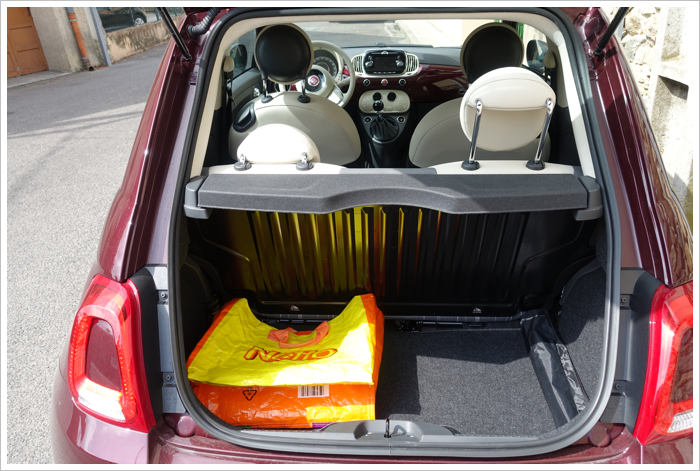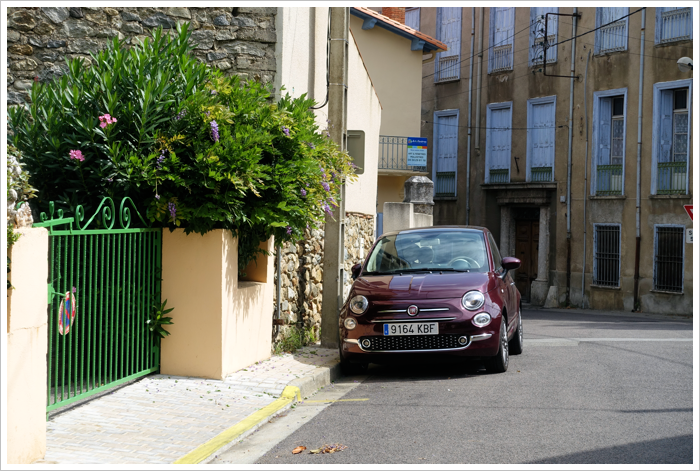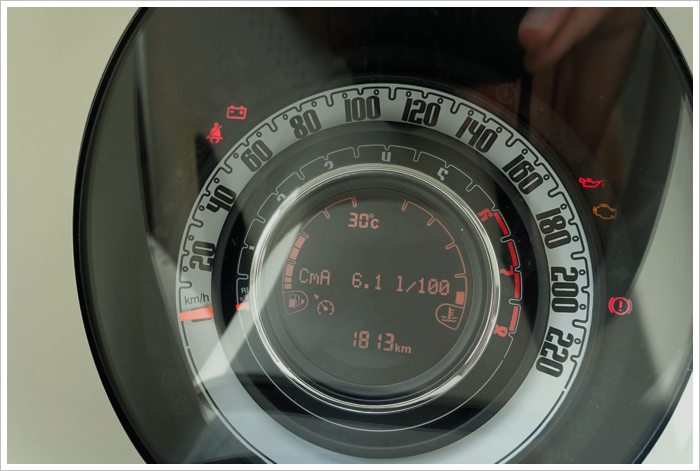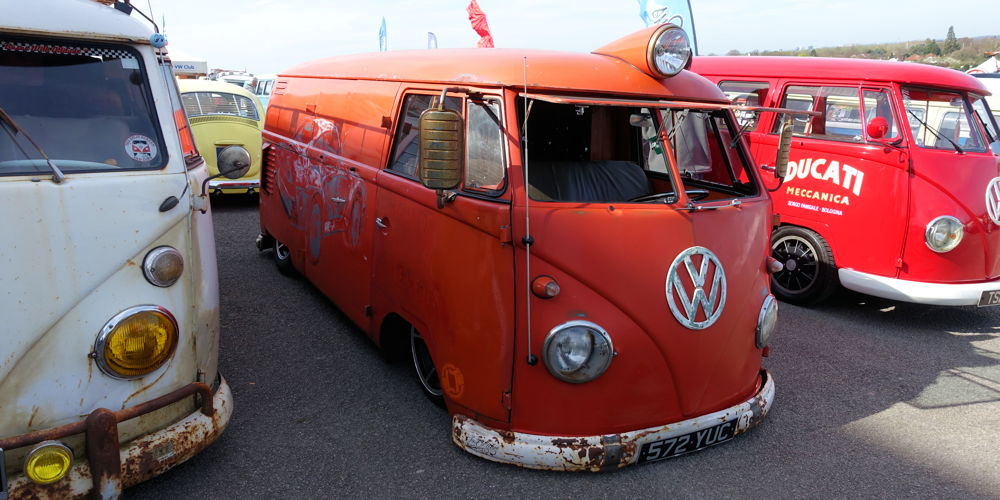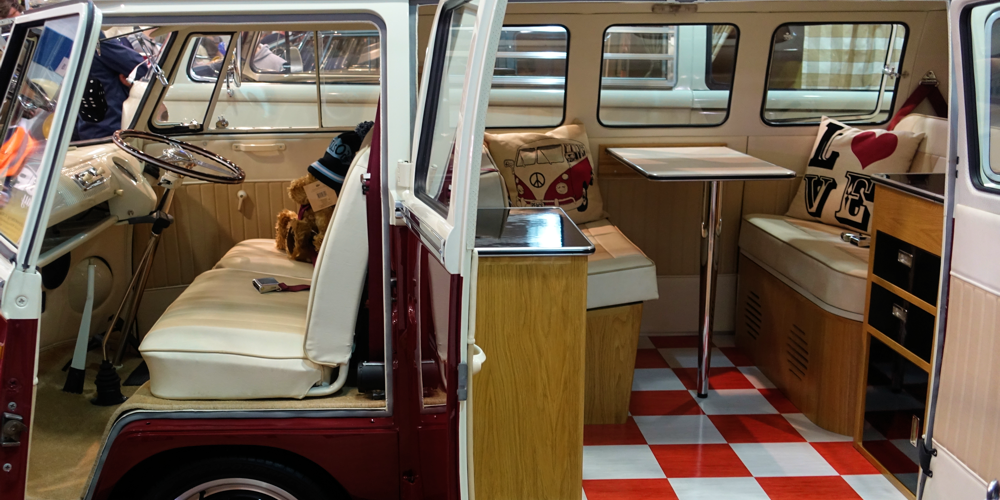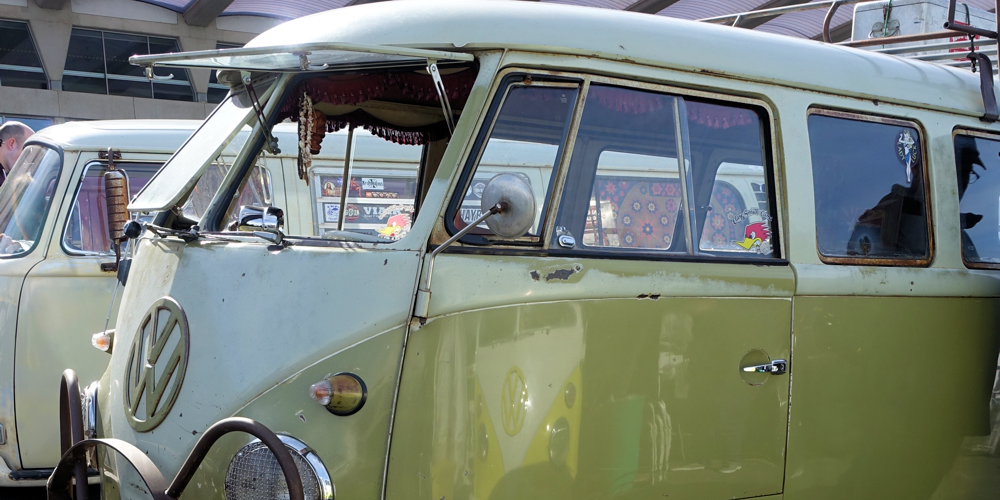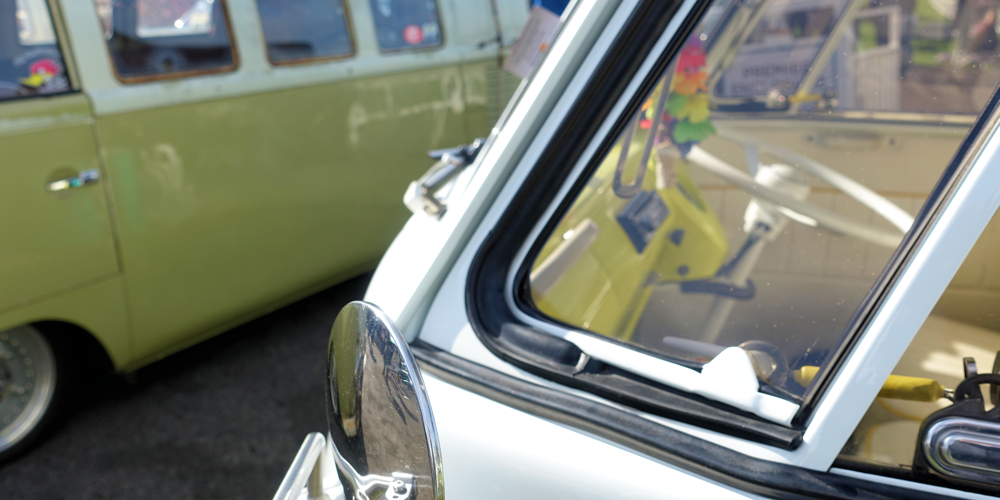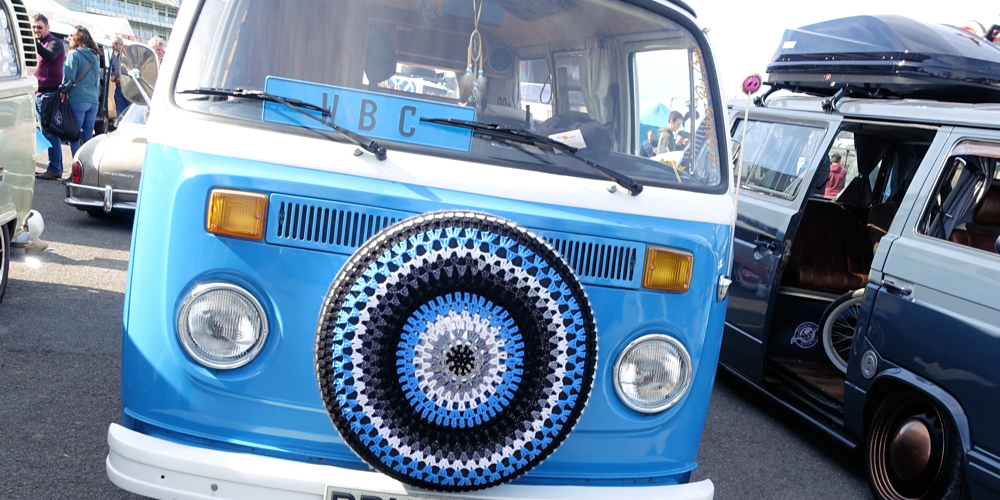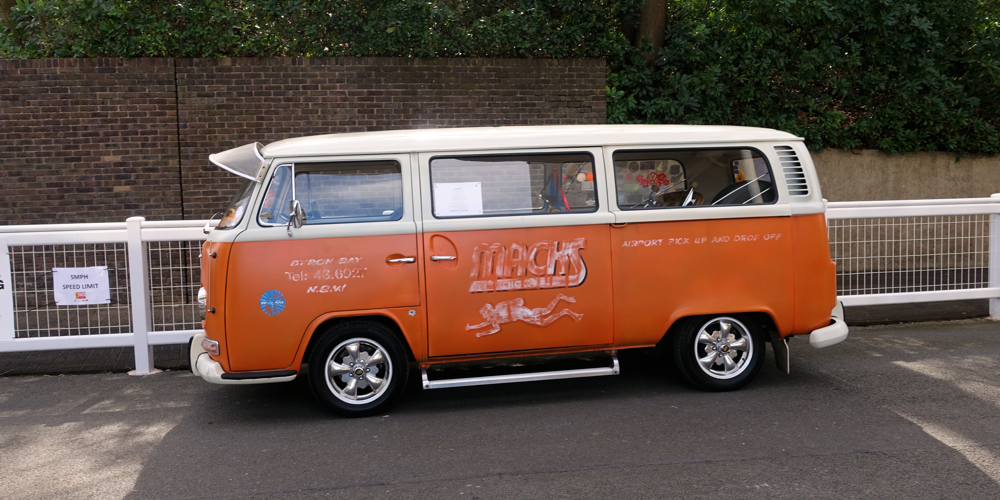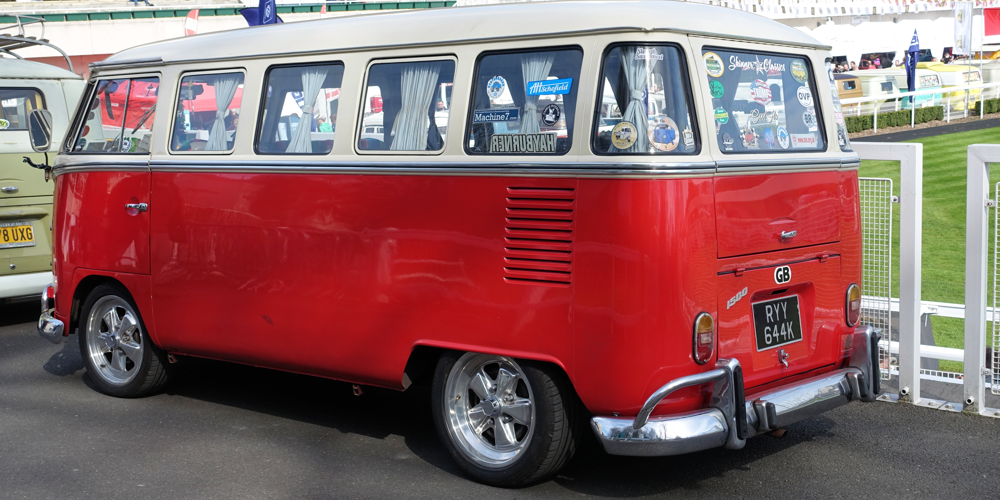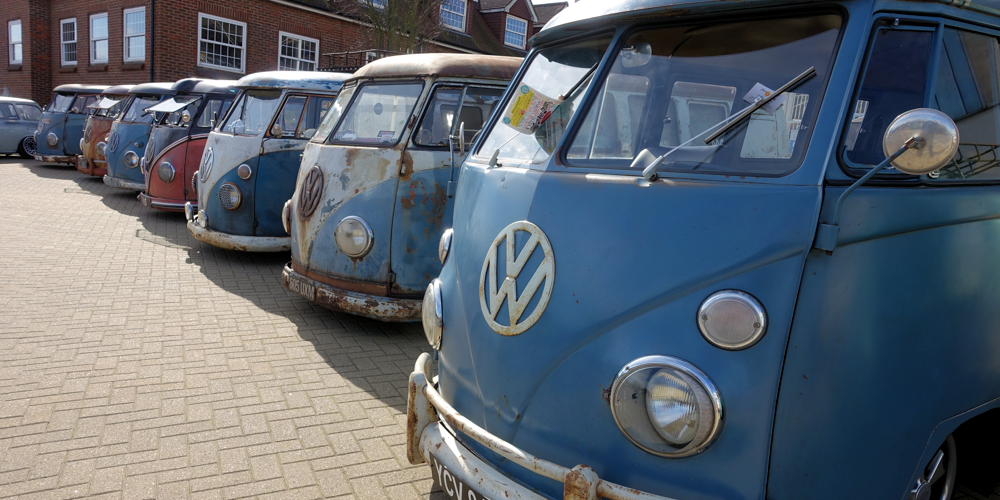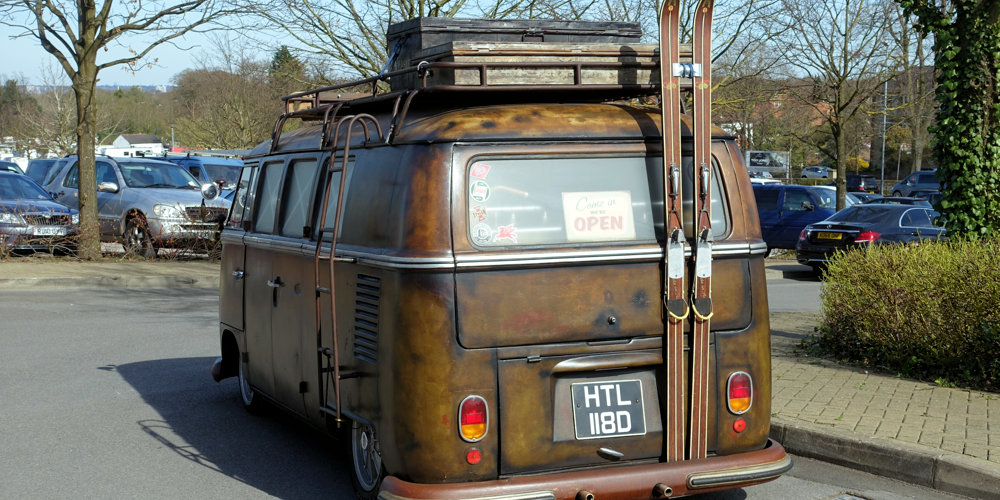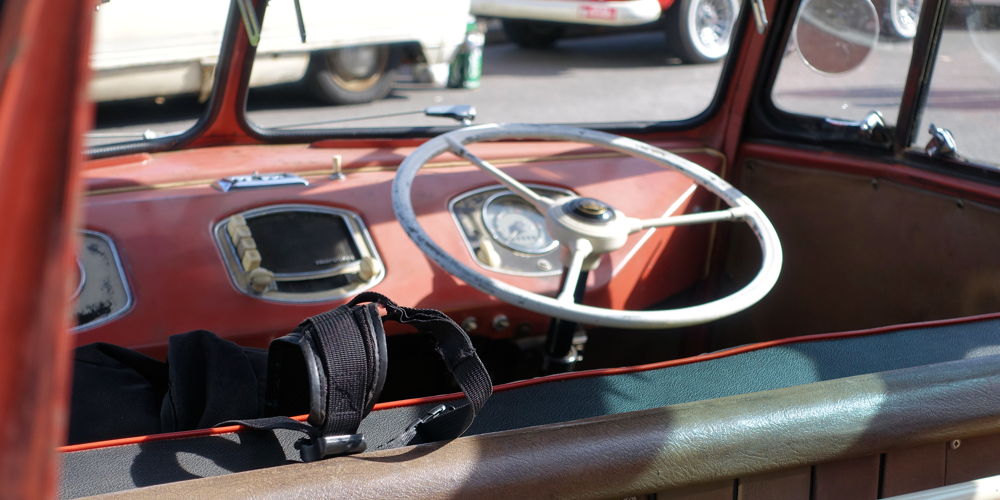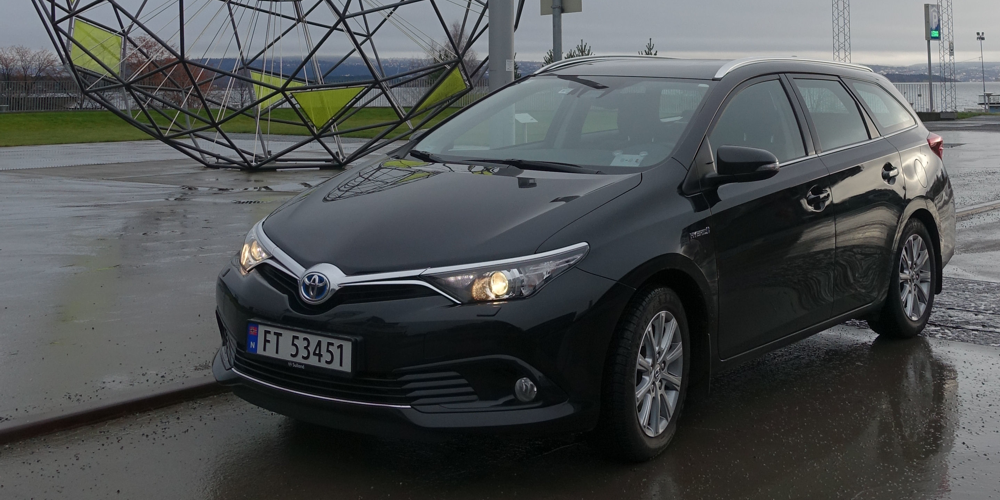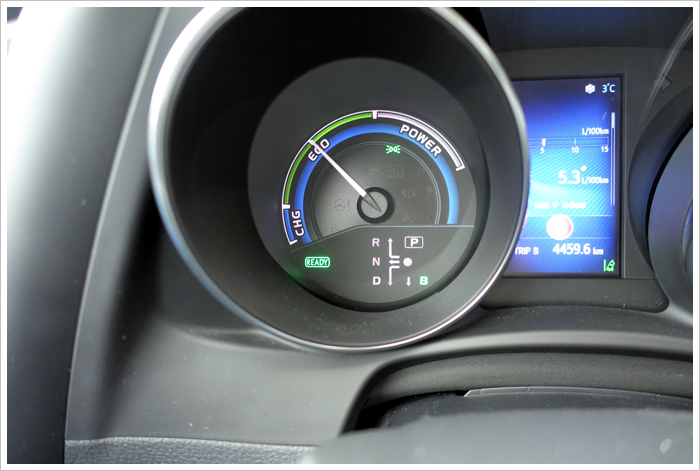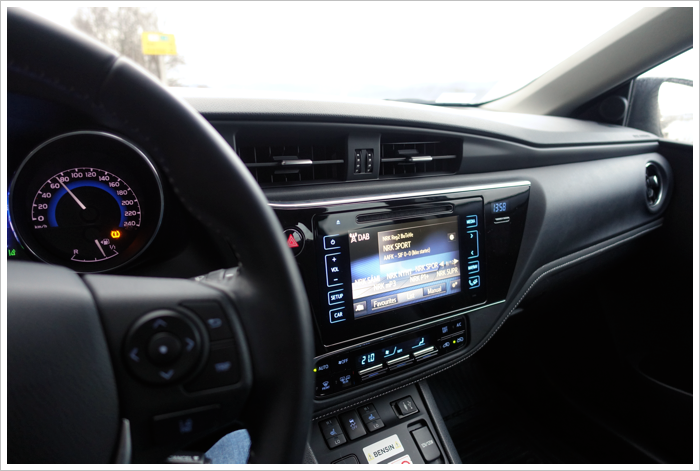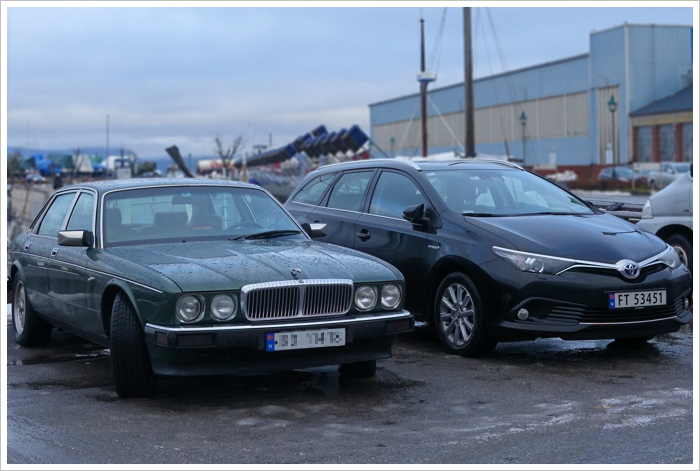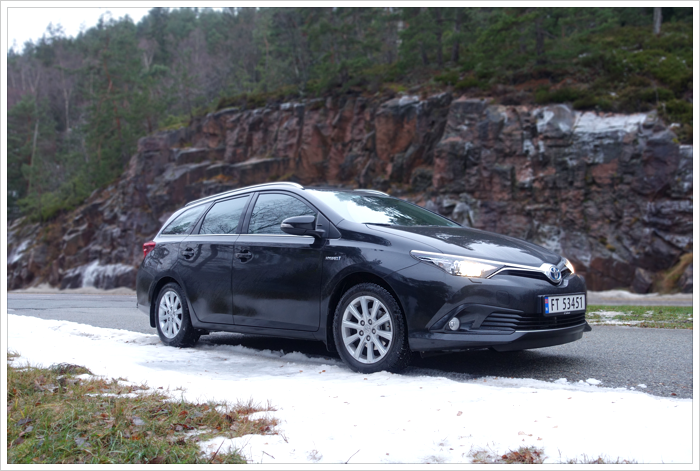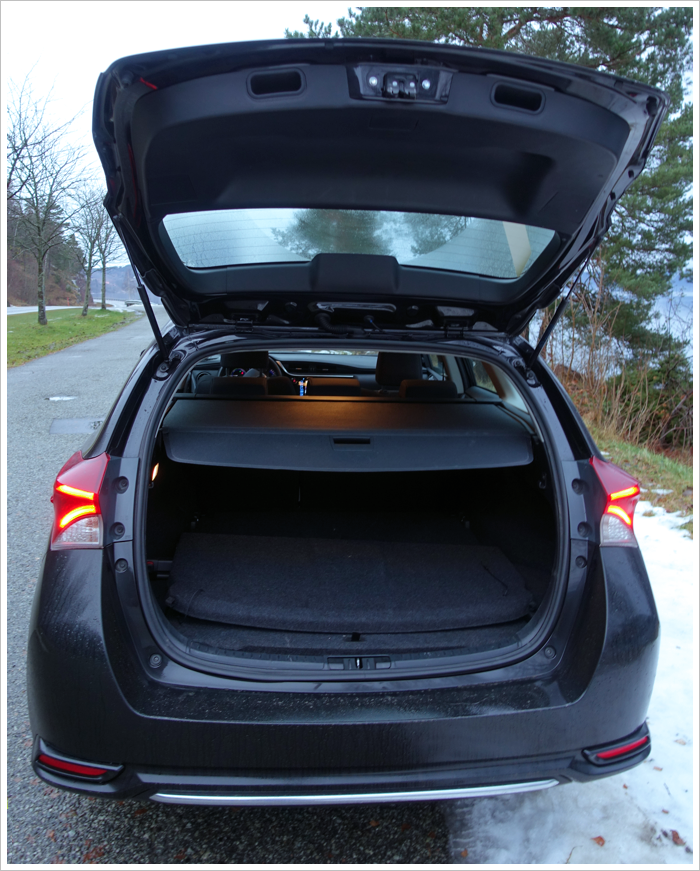Quattro, air suspension, dual electric motors – 408 hp, two and a half tonnes full size SUV… Too much?
The Audi e-tron puts itself between Jaguar I-Pace and Tesla Model X. I-Pace is a little smaller and lighter, but luggage space and performance are on the same level. Tesla X is larger and more expensive than the two, and has the lowest air resistance – a CW of 0.24. E-tron has a CW of 0.28 (0.27 with camera mirrors). Compared to the Tesla X, e-tron seems more conventional with a massive grille, four rings and highlighted, sharp profiles. Things that just catch wind and cut the range, but make the car look great!
Premium Feeling
I wanted to take my wife on a trip in the Audi that “everyone” is looking for right now. Since we’ve had a few great Audis in the past, I’d really like to get her opinion.
The seats in e-tron seem larger than in previous Audis. They automatically pull back when you stop the engine to ease entry and exit. In addition, the belts tighten as the car moves. Look and feel – just as expected, with leather upholstery over the dashboard and alcantara recesses in the doors. The only thing that does not harmonize with the premium feel is the center console. It has room for charging equipment, cell phones and stuff like that. But whenever I try to pick up something there, my rather big and clumsy hand gets stuck in cheap plastic.

Audi e-tron dashboard
No weight problems
The e-tron weights 2490 kg without driver. It’s one of the heaviest passenger cars you can get. The only car that can touch that weight is Rolls-Royce Ghost, or something like that. By comparison, the Tesla Model X with 7 seats weighs less than the e-tron.
I noticed that the e-tron also feels heavy on the road – in a positive sense. The gravity sits obviously low. I know a place where the road has a bump into a sharp bend. If you approach that piece of road a little too fast, you’ll put the chassis on a test. Heavy (and expensive) passenger cars normally go steadily through, while simple cars and vans often end up a bit out of balance. The Audi passed the road test with brilliance. I’ve also seen movie clips showing how well it is mastering curves on an ice-track. I’m sure the good weight distribution and the latest Quattro system do everything to keep the car on the road.
Soundscapes
“We should take a few more trips this summer”, my wife commented. Cruising in an e-tron on a summer Saturday night with the sunroof open, gives a real good feeling! Electric vehicles and sunroofs go well together. It doesn’t really extend the range, but how wonderful it is to hear bird chirps while cruising silently along! Sound-wise, e-tron is very well muted from the road. You hear virtually nothing from the road and undercarriage. This in turn makes you sometimes hear the sound of the electric motors quite well. At around 50 kilometers / h, the electric motor sound can be quite annoying compared to other electric cars I drive regularly. When accelerating slowly, there is a sound reminiscent of a none-synchromesh transmission – a sound that shouldn’t be present in a premium car. Considering all the work Audi puts into creating great soundscapes, it’s strange that this sound has been allowed to dominate. The noise of regenerative braking, on the other hand, is like music in my ears.

It charges well from my wall mounted charger giving 7.2 KW through the Type 2 cable.
Too large to garage?
It is surprisingly easy to maneuver the car in narrow places. You know exactly where the wheels are. Inside our parking house, I noticed how huge e-tron really is. The parking sensors were beeping constantly as I concentrated to get the mirror on my left side past a pillar, while, at the same time, hoping that the front went clear of our neighbor’s Yaris. Audi e-tron ticked all the boxes on my wife’s list. “Approved” at all points except one: Parking in small places. “My” Audi had cameras showing front an aft, and even from above. There is also a system for curbside parking for those who need a little assistance. But at first, entering the parking house seemed like sailing into a harbour with an oversized boat.
Okay, maybe I’m exaggerating a bit, but keep in mind that the e-tron is bigger than you think. Therefore, I recommend testing that both you, and your better half, manage to get the “ship” safely into your own garage before signing the contract. I’ve seen how Tesla X owners struggle to get their “aircraft carriers” into the parking slots.
Charging
Audi announces that it is possible to charge completely within half an hour with a 150 KW fast charger. So far, there aren’t any chargers of that capacity in my neighborhood, but they will probably come. Most fast chargers in Oslo are 50 KW. They’ll charge full in 80 minutes. Since I was not going to use the car until the following day, I plugged it into my own 7.2 KW wall charger with the T2 cable. The battery level was then thirty-one percent. After 3 hours the estimated mileage had increased by as much as 120 kilometers. Not bad! Then you can do fine with your own wall charger unless you want to go on long journeys.
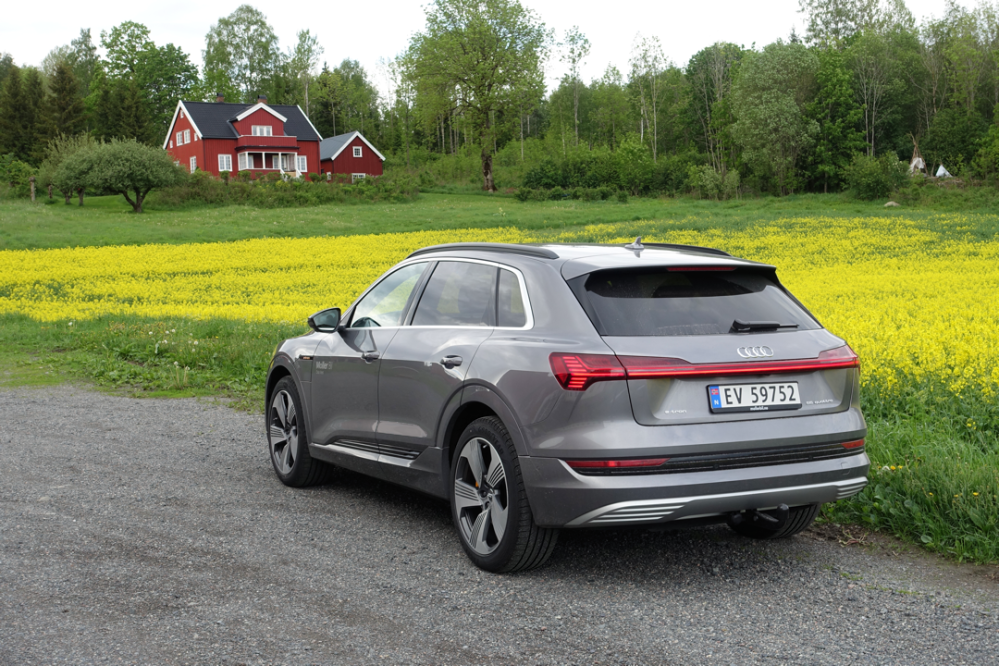
Audi e-tron 55
Regenerative braking
I took a trip to Sundvollen – about 40 kilometers from my house. It was a Ford gathering this weekend. Before I left, I made sure to enter my own preferences into the car’s infotainment system. Audi does not support one-pedal-driving, like BMW i3 and Tesla. So I chose to set the regeneration to manual and use the paddles on the steering wheel for regenerative braking and holding the speed on decending roads. It worked fine. I think the weight of the car contributed to that. On the way to Sundvollen, there is a long climb followed by a descent. It seemed that the car was only using energy on the way up. The ride down was free, so to speak. After returning home, the consumption indicator showed that I had consumed only half the actual kilometers traveled.
By default, the car regenerates energy automatically. According to Audi, the e-tron will drive like a normal fossil-fueled car. I think this is what Audi recommends. However, if you continue to use the paddles to apply regenerative engine braking, it will automatically be cancelled after a few seconds for the car’s electronics to take over. To me it seemed like the electronics sometimes activated regenerative braking a bit randomly. I think the feature may work better with adaptive cruise control.
Audi Drive Select
Audi Drive Select allows you to choose the car’s behavior on the road. I switched slightly between Comfort, Efficiency and Auto. Basically, there was little difference between them. In “Dynamic”, the steering, throttle and dampers are tightened – and the car lower itself at highway speeds to reduce air resistance and increase range. If you change Drive Mode while the car is stationary, you can clearly notice how the car changes height, for example when choosing between Offroad and Comfort.
Plenty of power
Due to road work in the tunnels, all traffic was routed via the old E16, with subsequent congestions and queue formations. There was no suitable place to test all the 408 hp and the boost effect you get on kickdown in S mode. I experienced the 360 ordinary hp as more than enough. I was impressed how efficiently the power was transmitted to the road.

Shelby Ford F-150 Super Snake Street Truck. I like!
Just before I arrived at Sundvollen, there was a burst of rain. I had already seen several classic Fords leaving the event. A major Ford Dealer, RøhneSelmer Asker and Bærum, had put up three fat American pickup trucks on display. My favorite is the Shelby Ford F-150 Super Snake Street Truck. It has the same 5-liter V8 as the Shelby Mustang, 755 hp and lowered. 0-100 in 3.5 seconds! The funny thing is, even with full tanks, the truck weighs no more than the e-tron.
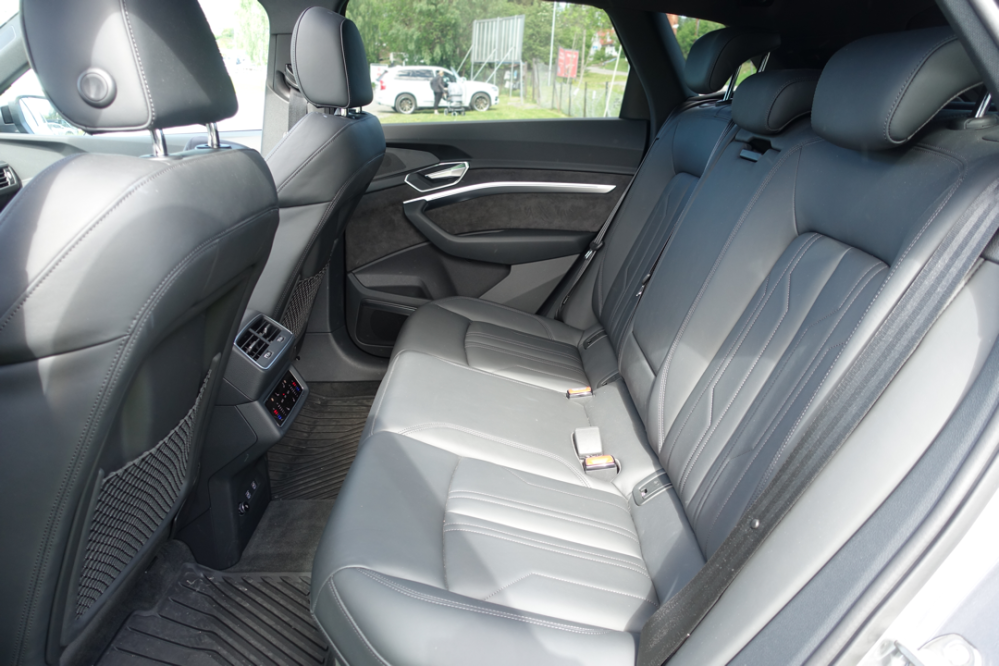
No center tunnel. Space for 3 adults.
Space
Neither the batteries nor the electric drivetrain have made any compromises on the inside space. The Audi e-tron is a fullsize SUV. The interior space is superb for 5 people. The absence of a center console provides decent legroom for all the three back seat passengers. The luggage compartment is 660 liters distributed between 600 liters in the rear and 60 liters under the front engine compartment. The ordinary luggage compartment is two-fold, with the possibility to put charging cables and small items in the lower compartment. A tow bar is actually standard (at least in Norway). It can pull trailers up to 1800 kg. You man also put up a roof rack.
Safety
Audi e-tron was tested by Euro NCAP in 2019 with 91% score for adults and 85% for children. The score itself is on par with other modern cars today – neither more nor less. The most critical remark of the test is in the case of a severe sidebar crash where passengers on the same side suffered serious rib injuries. The car provided good protection against whiplash injuries, and the automatic emergency stop system worked perfectly. Also remember that NCAP has only tested the car in collision with rigid objects. In case of a road accident against smaller vehicles, I think those in the big, heavy Audi have better chances.
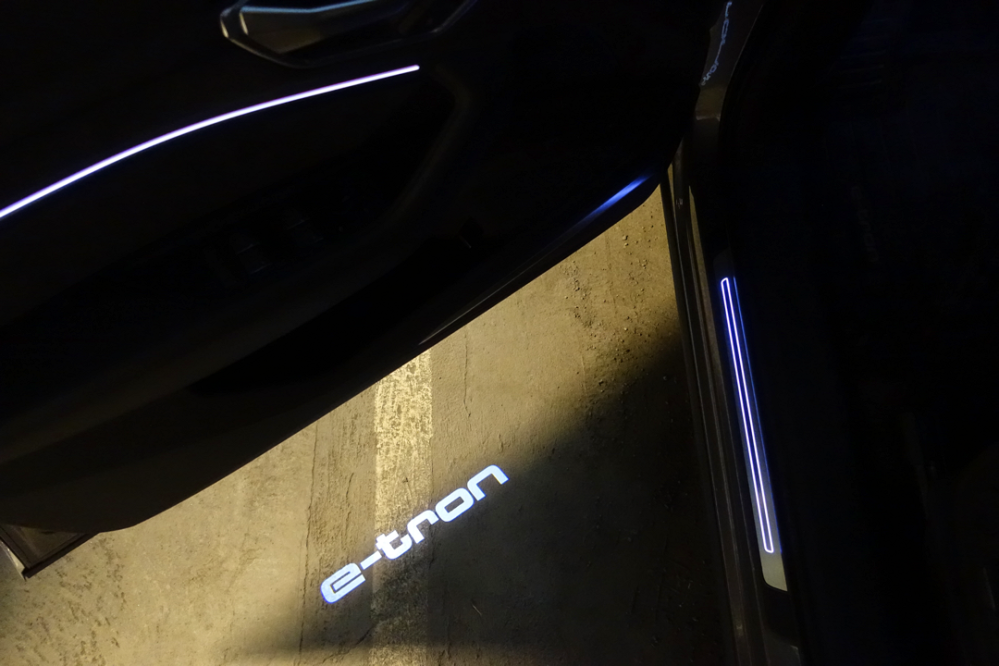
Decorative element in the garage
Economy
Audi’s first electric car is going to steal customers first and foremost from Tesla. At the moment, I have the impression that “everyone” is buying the Audi e-tron (Norwegian market). It’s the same impression I had of Tesla a few years ago. Audi e-tron has already gained high popularity, which is good for the future trade-value.
Compared to the competitors, and other Audi SUVs, I think e-tron’s purchase value provides a great value for money. After all, you get plenty of engine power, air suspension with advanced damper programs, Quattro, tow bar, etc. The value of expensive electric cars follow a normal price curve, which we see for the Tesla. But Audi e-tron has so far not proved faultless, nor has Tesla. I think e-tron owners hardly have to fear unforeseen service expenses within the 5-years warranty period. The Volkswagen Group has declared that they are going “all in” for electricity. The e-tron is a pilot project. The German factory cannot allow the project to fail, and will probably do everything possible to keep e-tron customers happy.
Conclusion
The battery pack alone weighs approximately 700 kg. If you also need to carry 5 people and luggage, a solid vehicle is required – like a large SUV. As a family car, e-tron does not suffer in any way from being equipped with batteries and electric power. Space conditions are plentiful. The powertrain offers plenty of power – and the Quattro system, chassis and weight distribution ensure good grip. It’s fantastic that an EV now can pull a proper trailer or caravan. The specified range is 350-417 kilometers (WLTP). “My” car, fully charged showed a range of 350 kilometers, which is pretty realistic. If you install a wall charger at home, you will rarely have to charge on the way. The Audi e-tron is an ideal family car. On the minus side it can be pointed out that it is big, heavy and expensive.
Too much? – Nah!
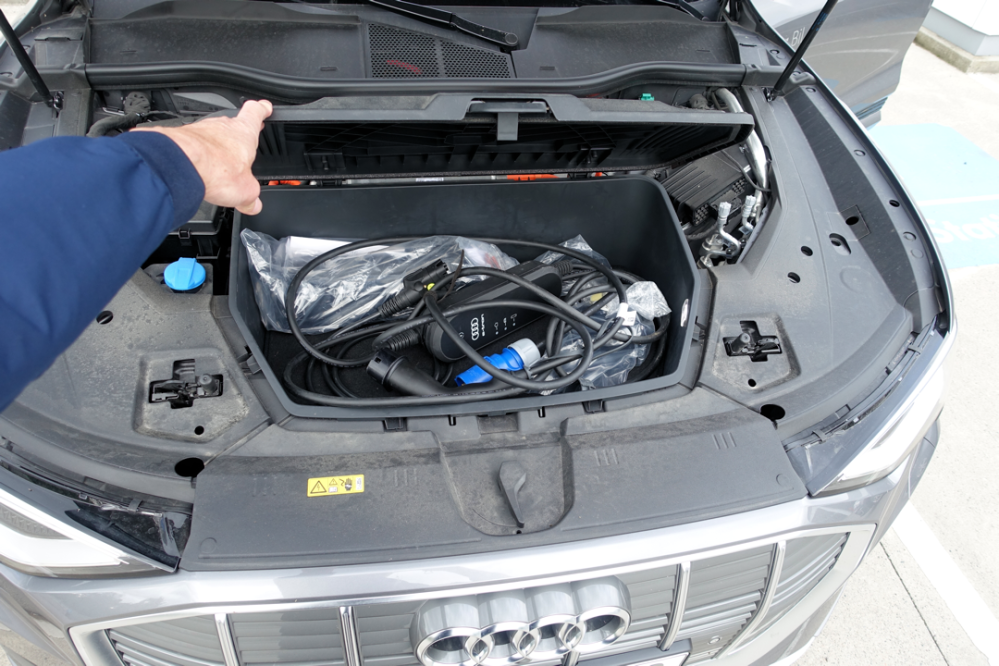
A good place to hide cables and stuff
Facts
Drivetrain
2 electric motors at each axle, electronically controlled four-wheel drive.
Powers: 360 HP combined. In dynamic mode, a boost of 408 HP is given for 8 seconds.
Torque: 664 Nm constant from 0 (under boost).
Transmission system: 1-speed automatic transmission
Performance
0-100: 5.6 seconds
Top speed: 200 kilometers / h
Weights and Measures
Length, width, height: 490 cm / 190 cm / 162 cm
Wheelbase: 292 cm
Front / rear track width: 165 cm / 165 cm
Weight without driver: 2 490 kg
Payload: 565 kg
Total weight: 3 130 kg
Trailer weight – with brake: 1 800 kg
– without brake: 750 kg
Range and charging
Range 350-417 kilometers (WLTP)
Range indicator under test: 350 kilometers
Fast charge with 150 KW: 30 minutes
Fast charge with 50 KW: 80 minutes
Charging with 7.2 KW: 12.5 hours
Number of kilometers charged per hour 7.2 KW (test): Approx. 3 hours gave approx. 120 kilometers from 40% capacity
Battery capacity: 95 KWt
Price and equipment
All prices in NOK (Norwegian Kroner)
Audi e-tron 55 Limited Edition: 822 700, –
21 ″ rims: 11 200, –
Panorama sun roof: 15 600, –
Dark panes behind the B-pillar: 4 810, –
Painted right down: 3 750, –
Leather seats: 10 150, –
Leather interior: 7 460, –
Other facts
The car is rented through Hyre.no
Owner: Møllerbil Oslo Vest
Source: http://www.audi.no
Odometer: 5116 kilometers
Kilometers run: 128 kilometers
Audi e-tron – more pictures
You can click on all the pictures to see them on a larger scale. The default resolution is 1080 × 720 pixels.

The Type 2 cable hides down here.

Well done! The e-tron is back at Moller Bil.

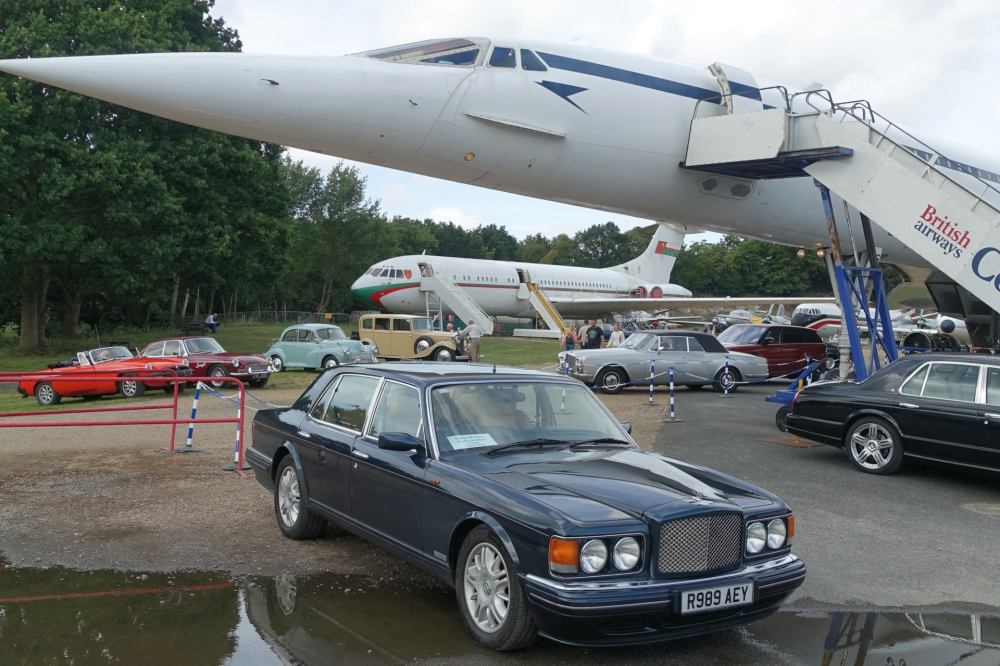
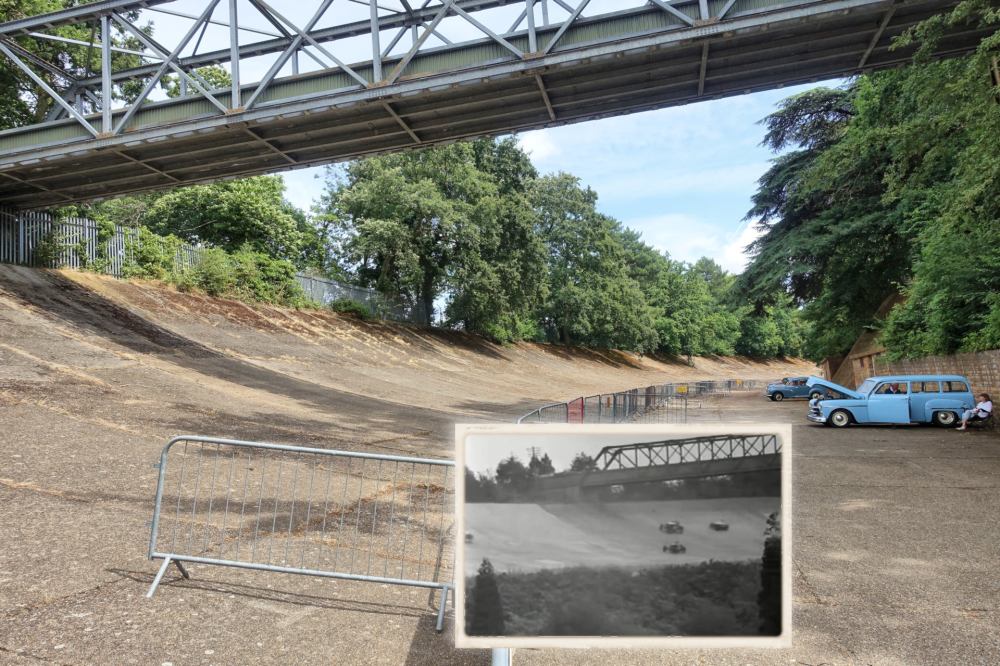
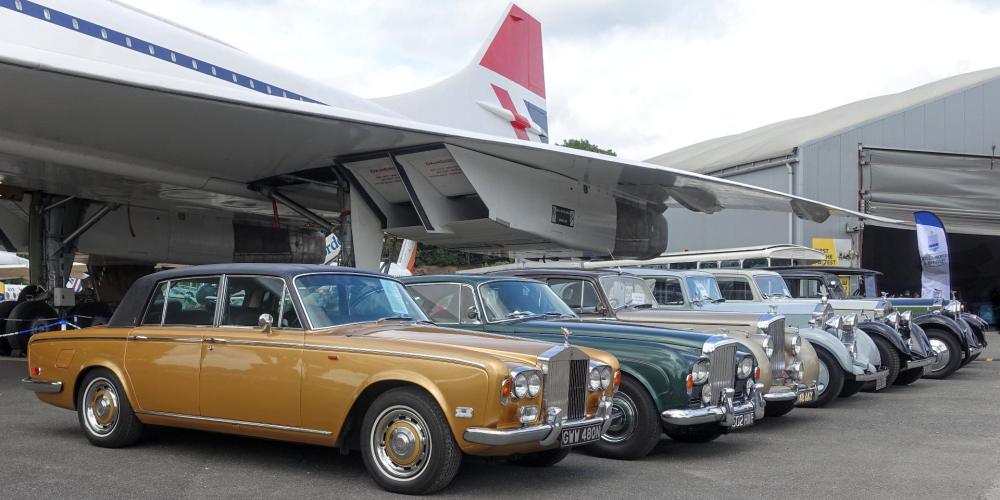











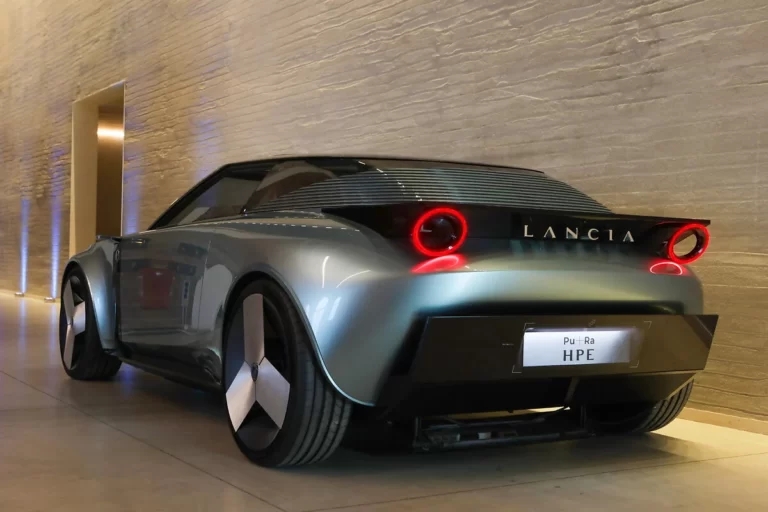
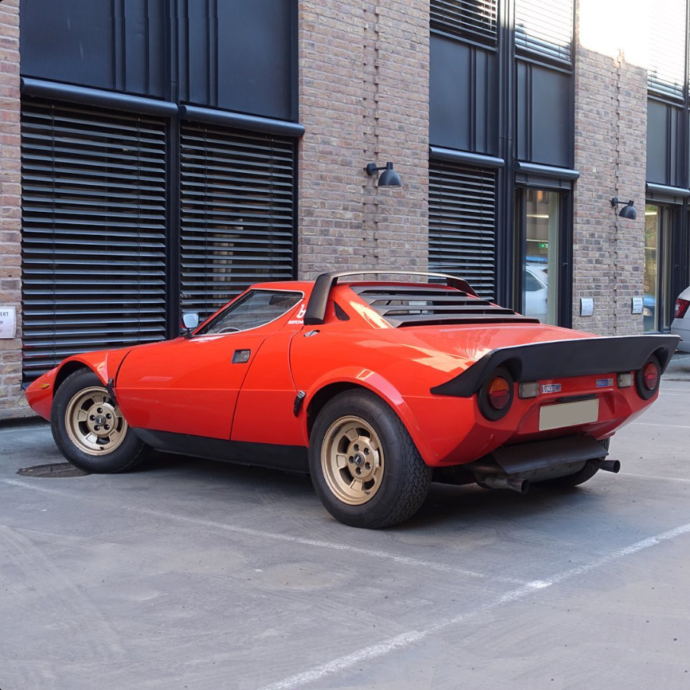
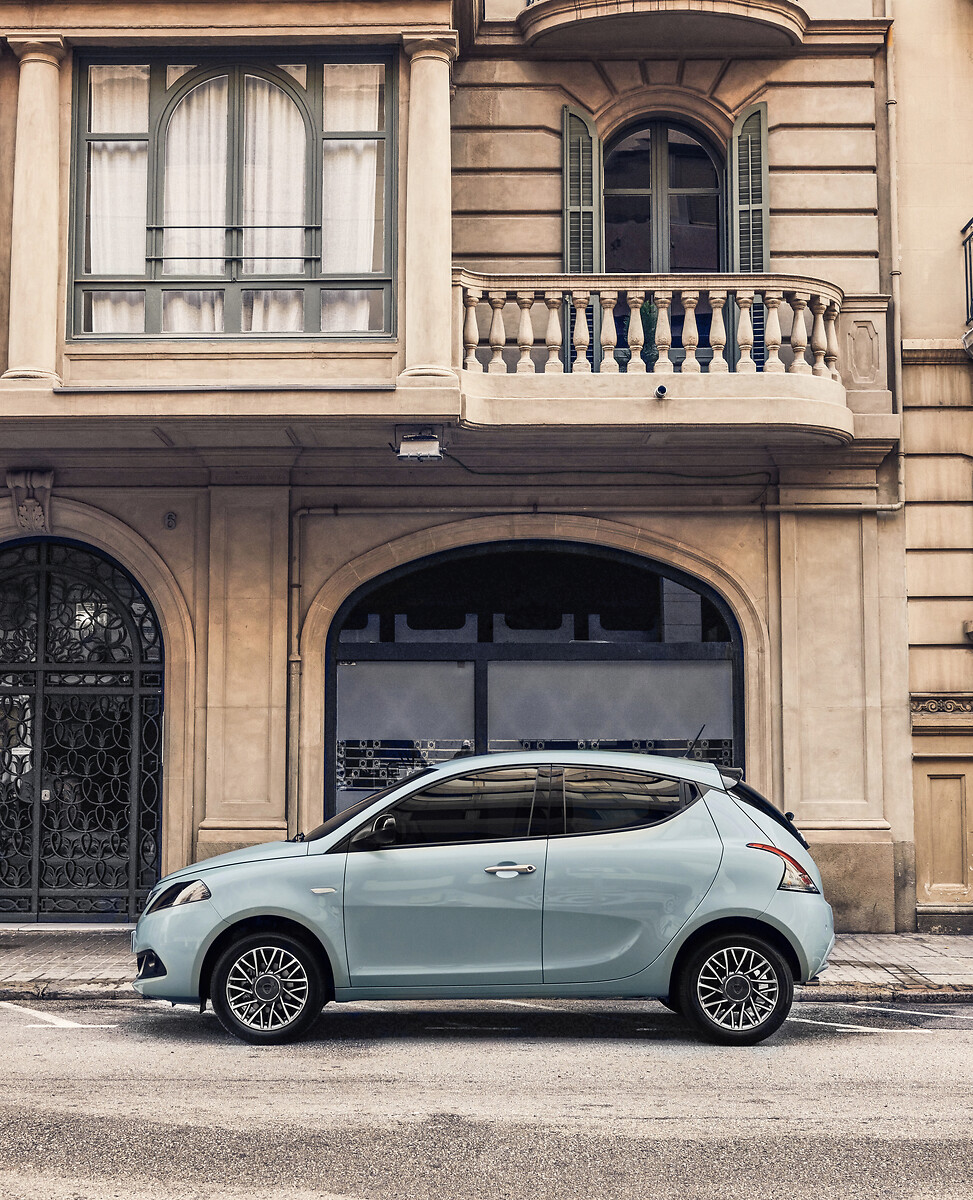
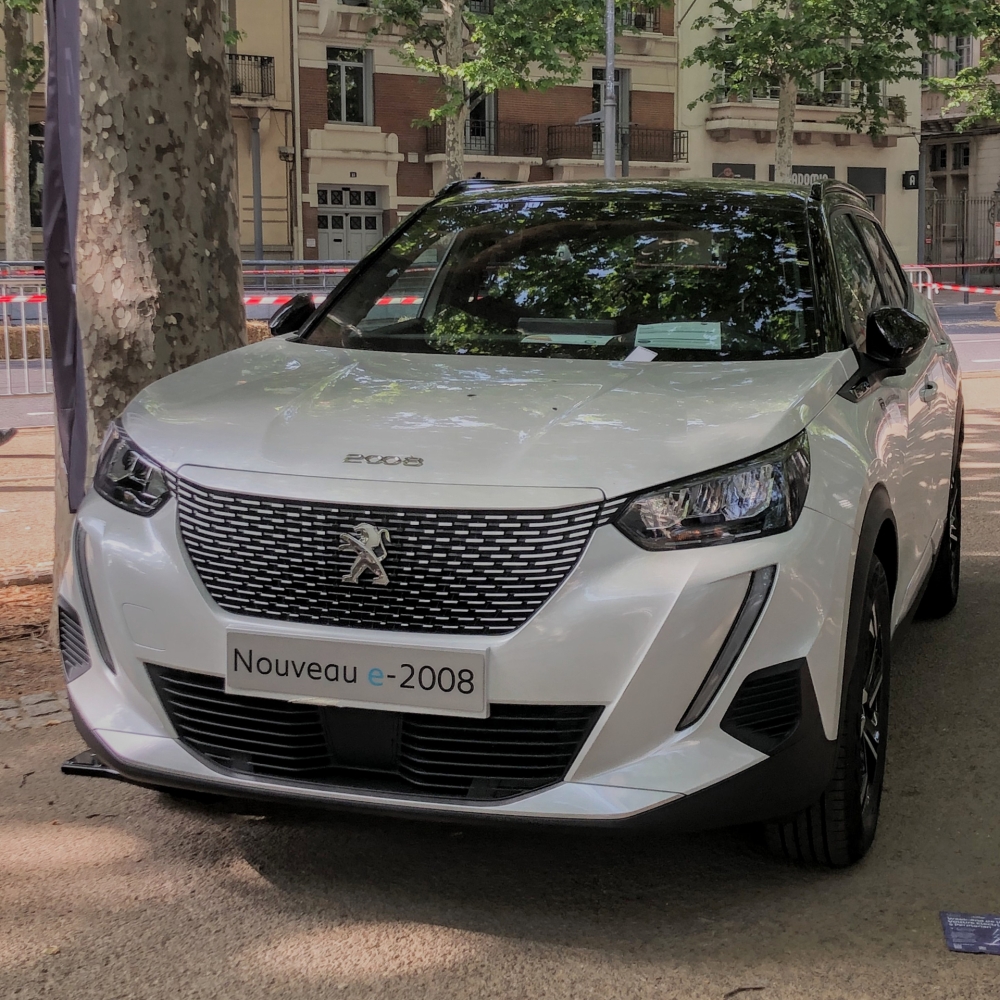
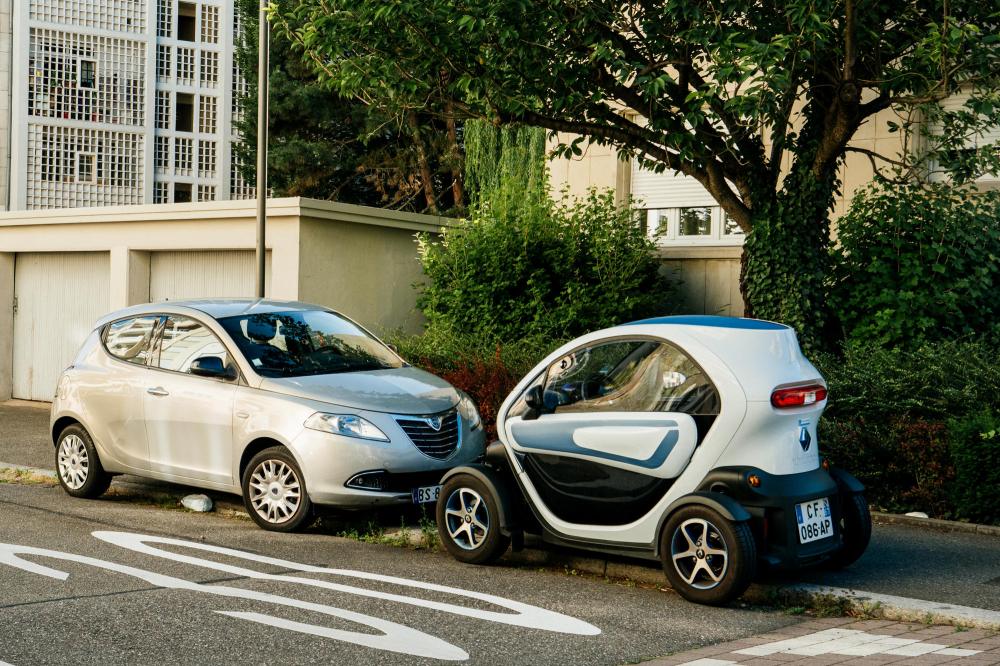
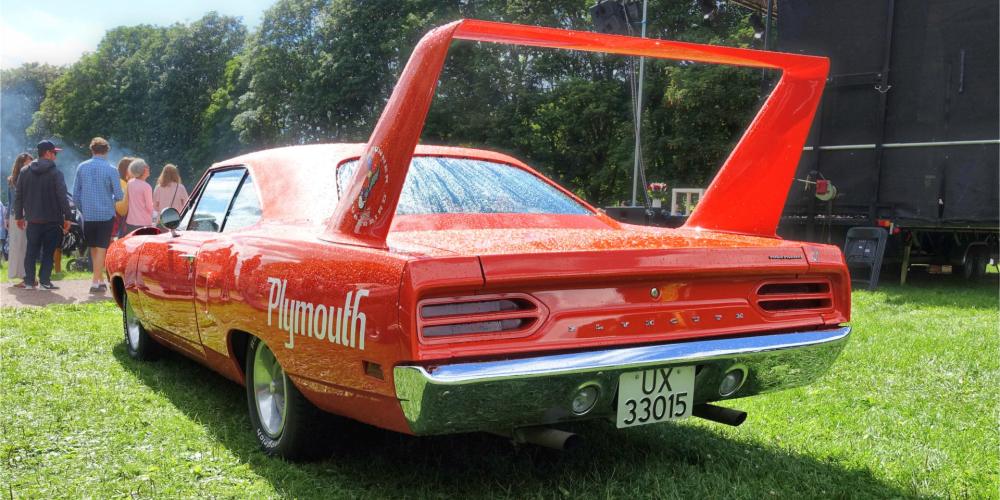


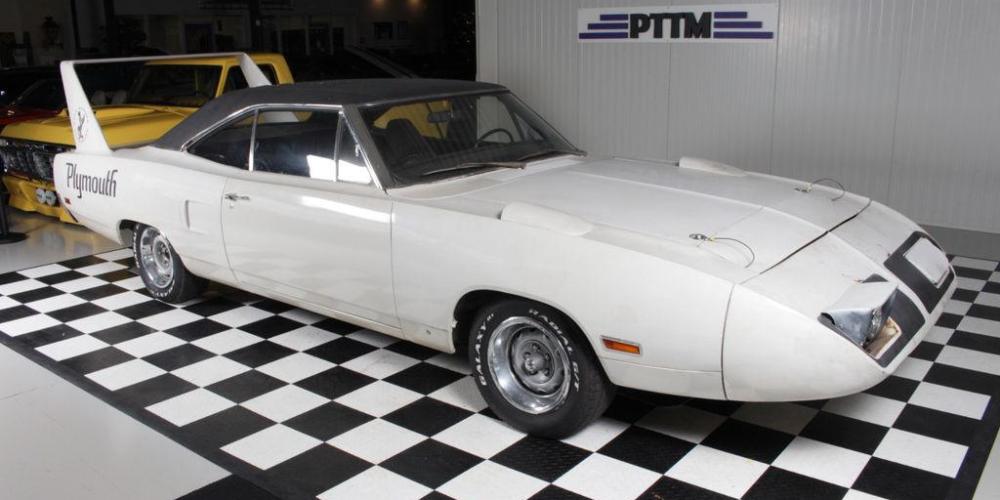
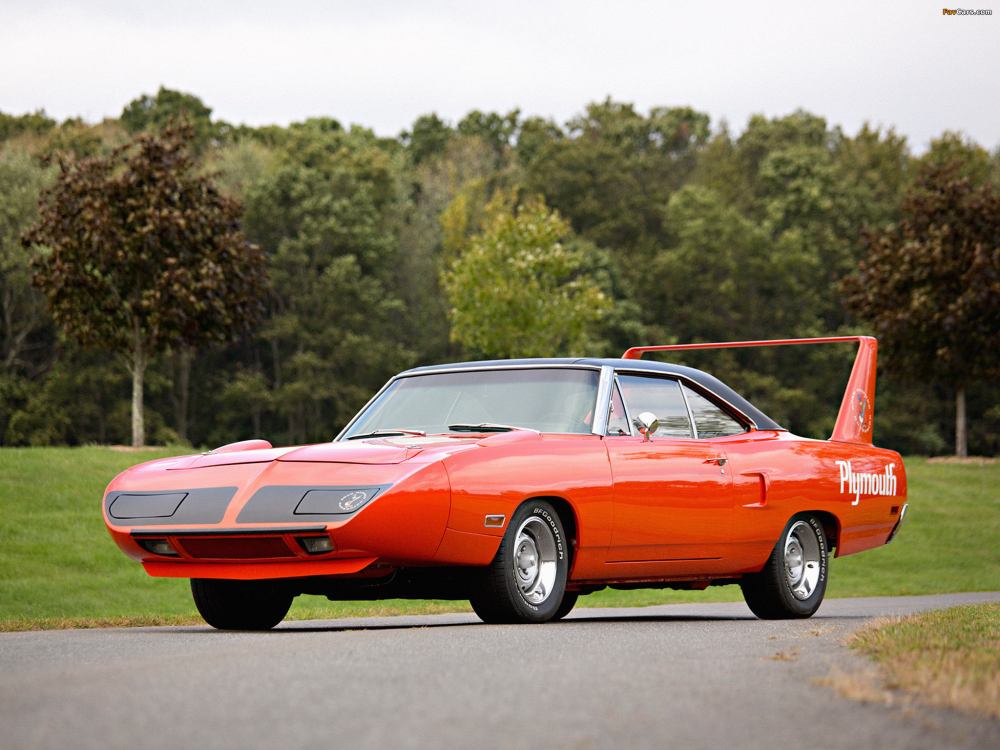


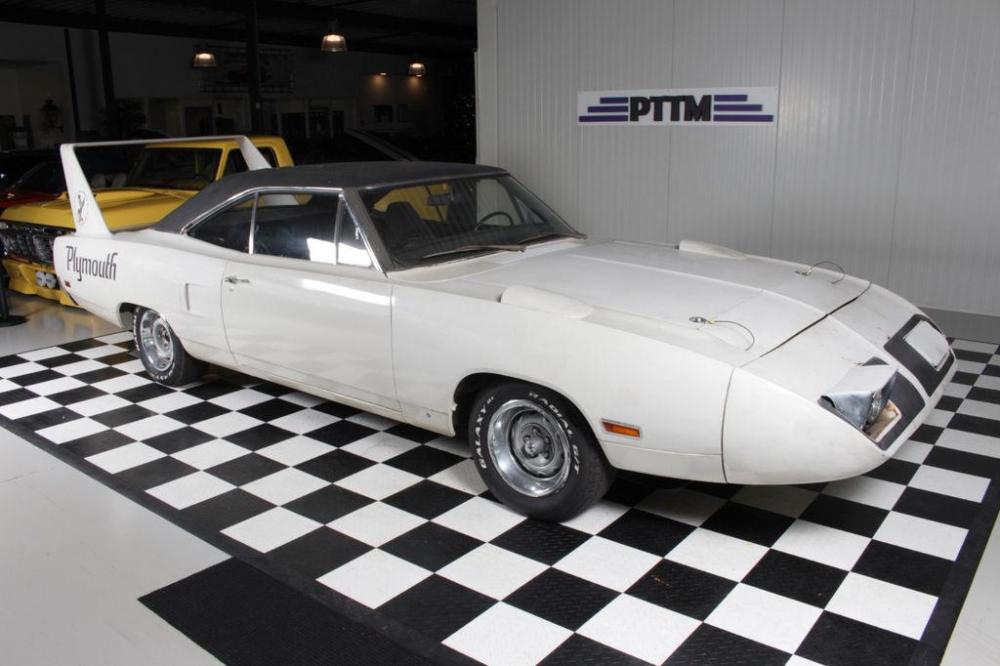
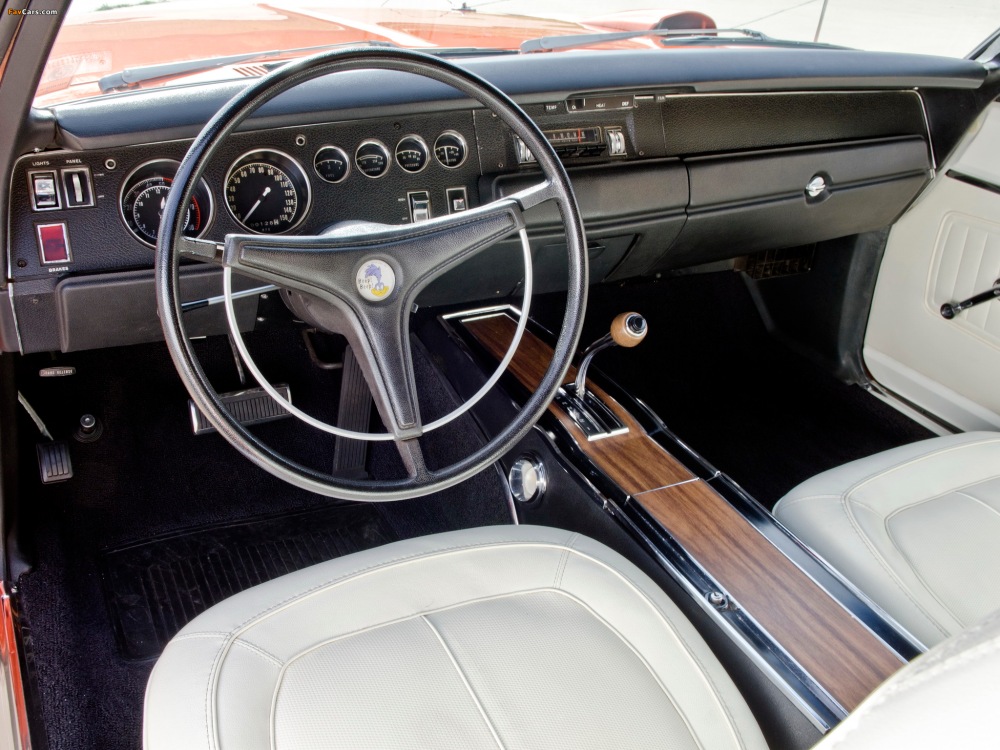
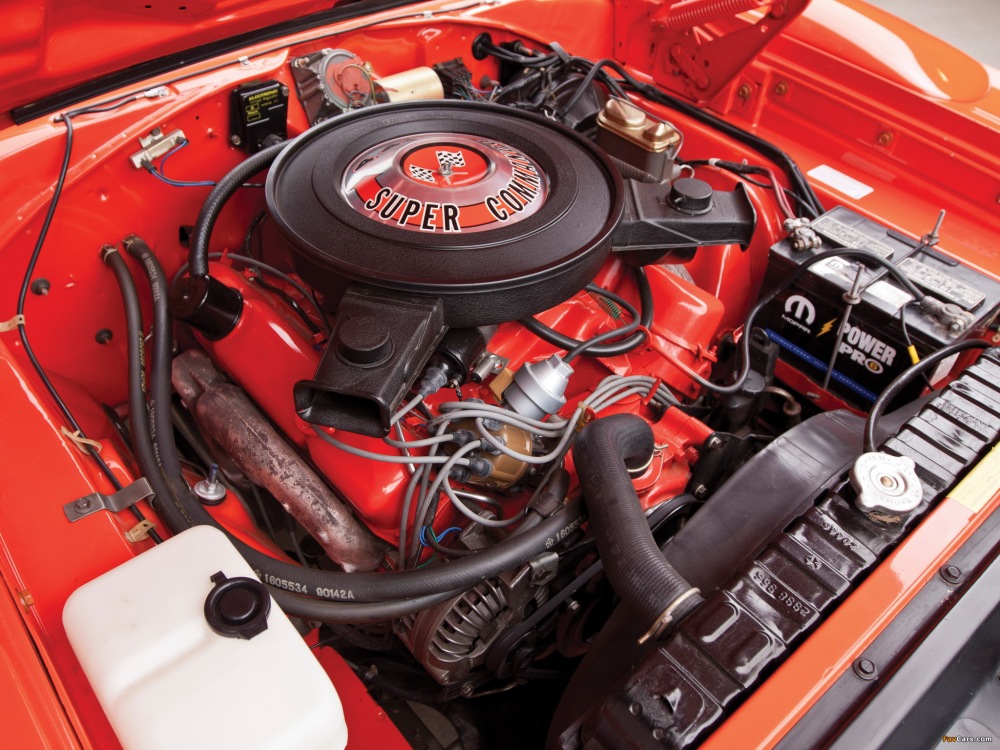
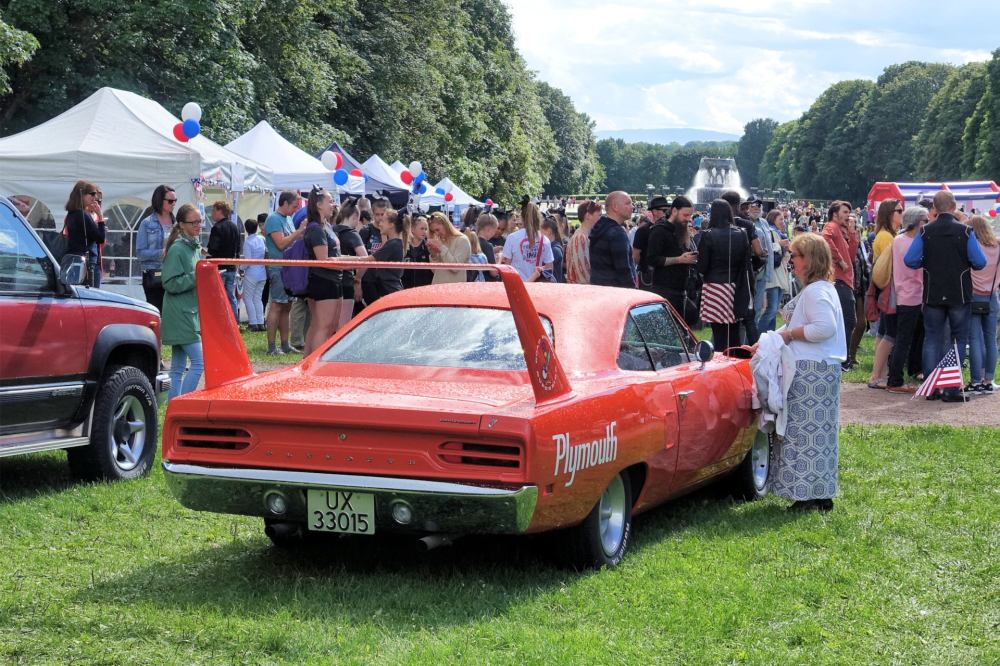

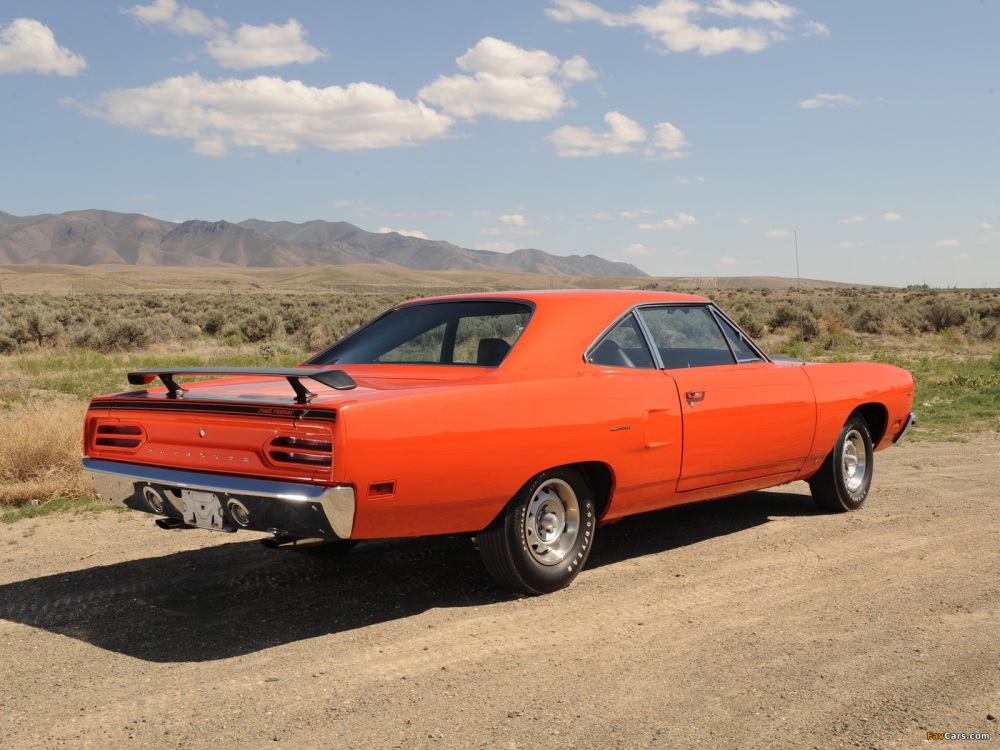
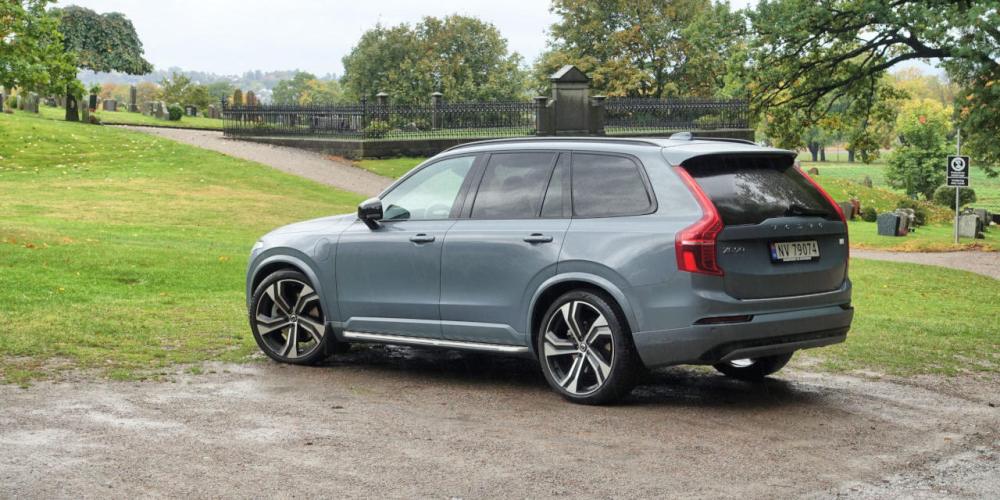
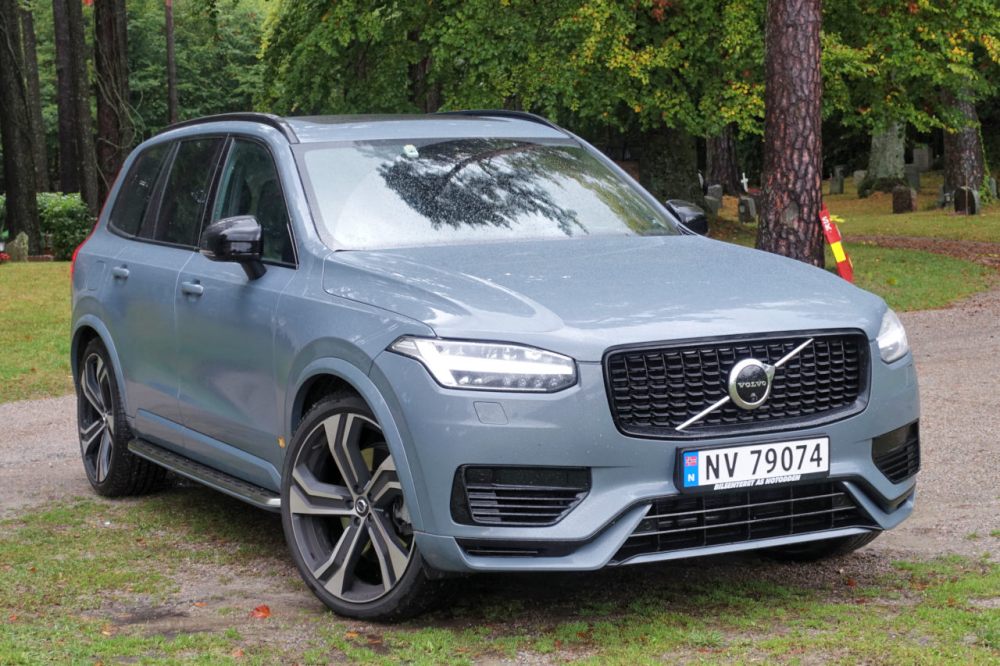
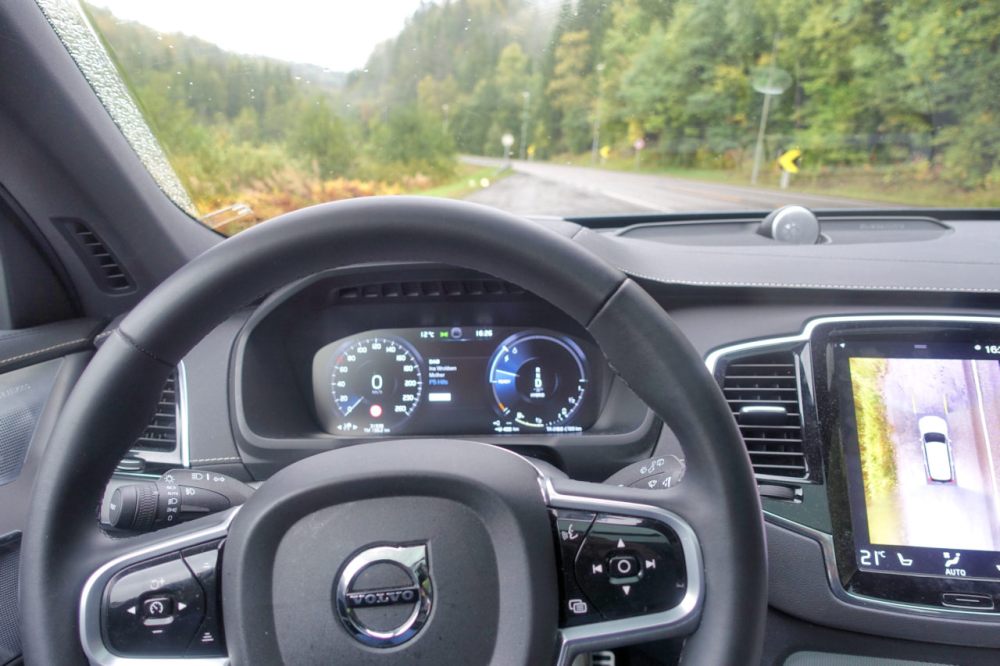
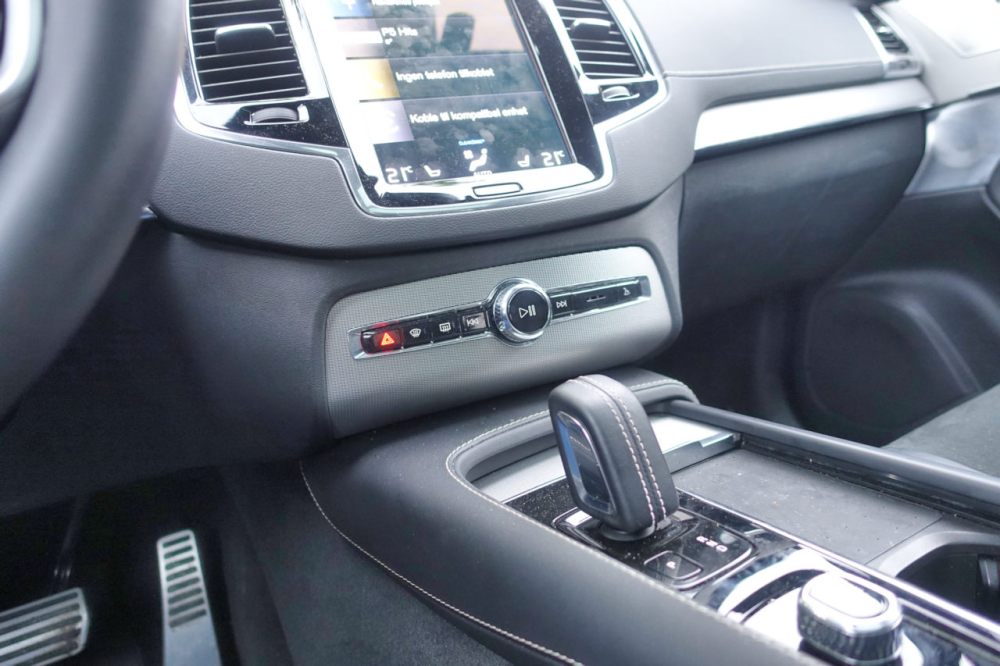
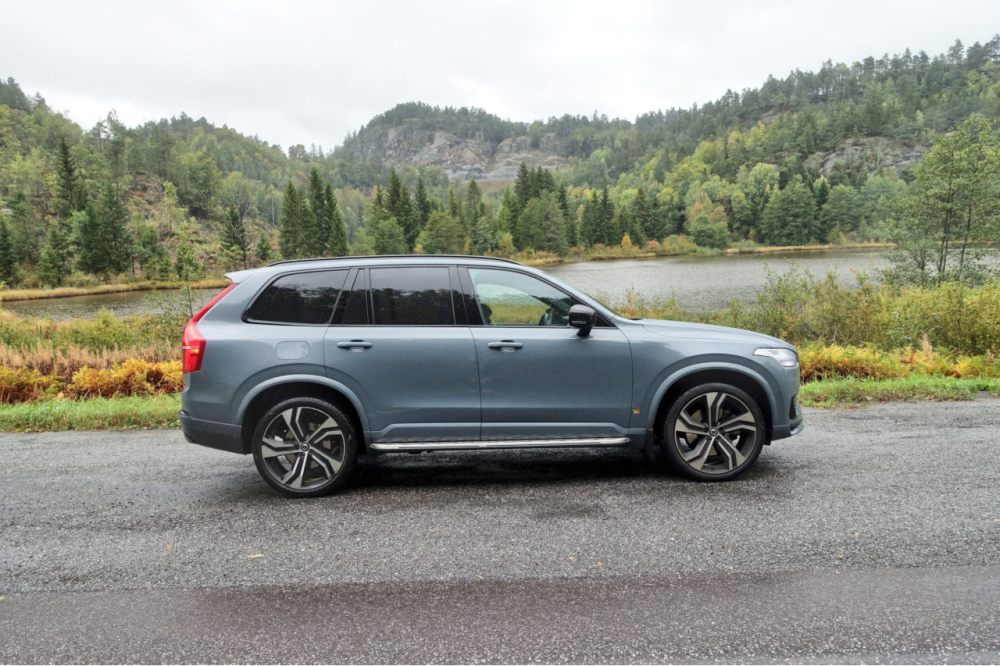
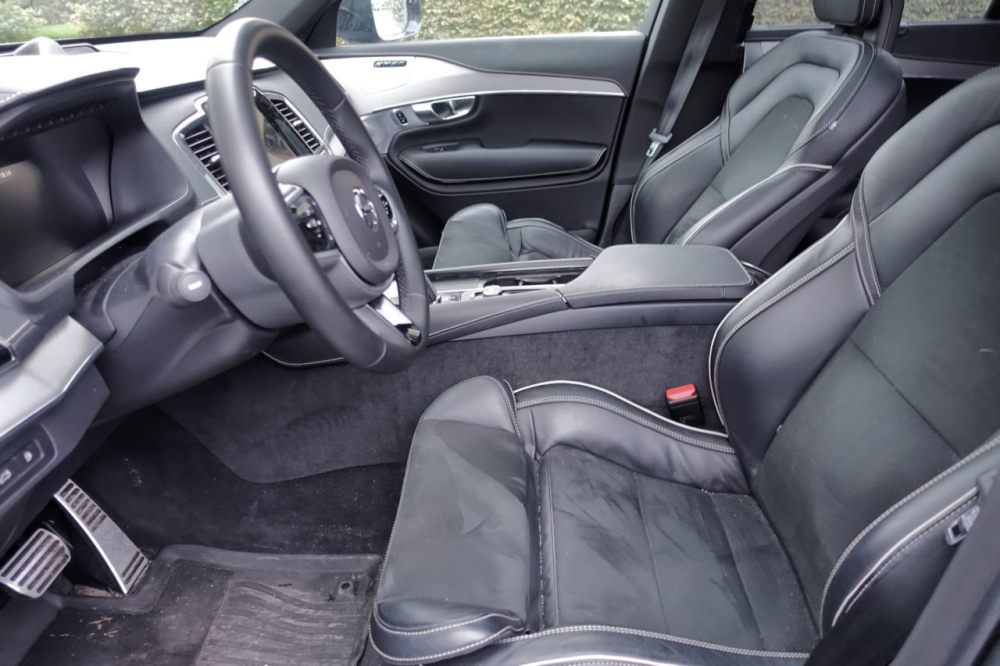
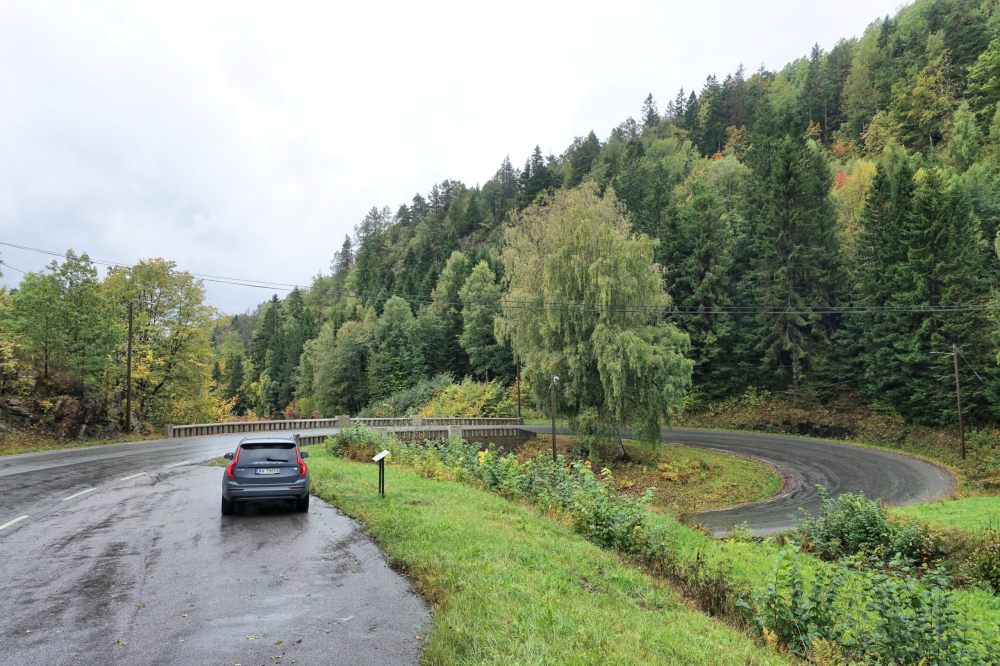
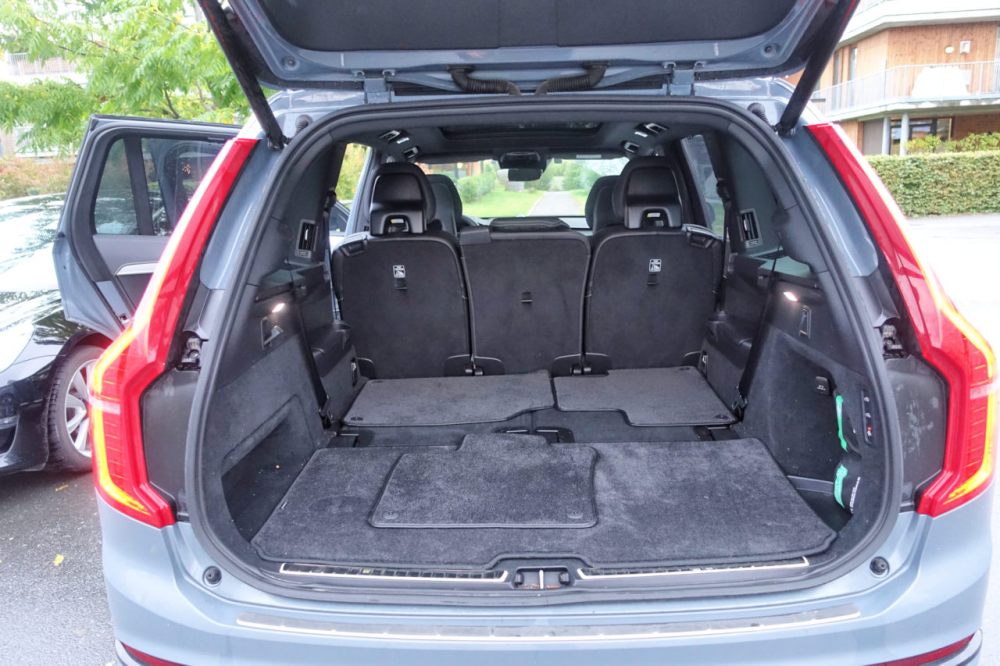
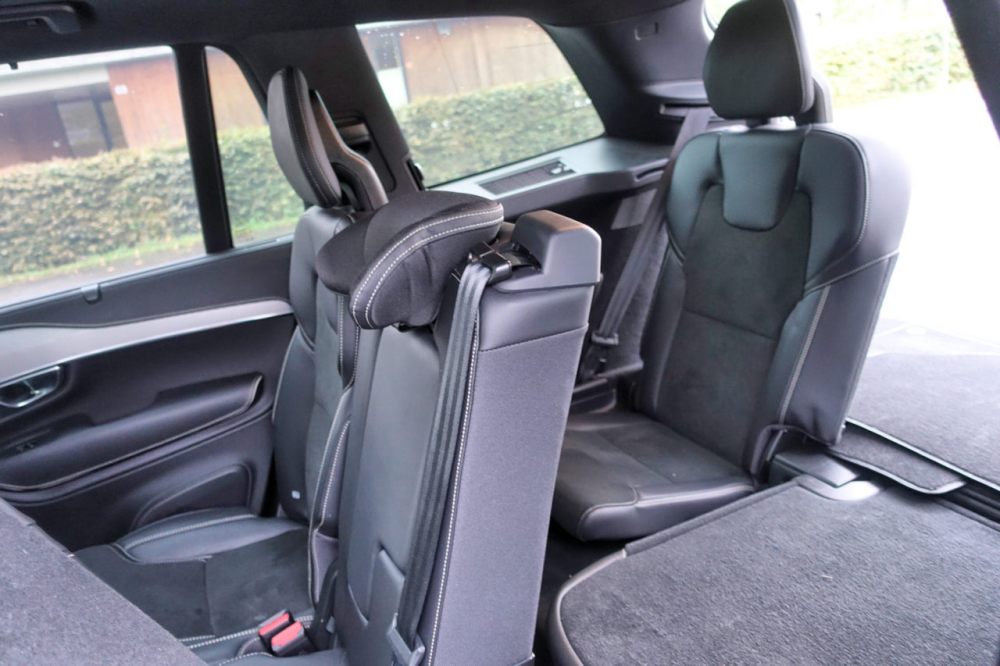
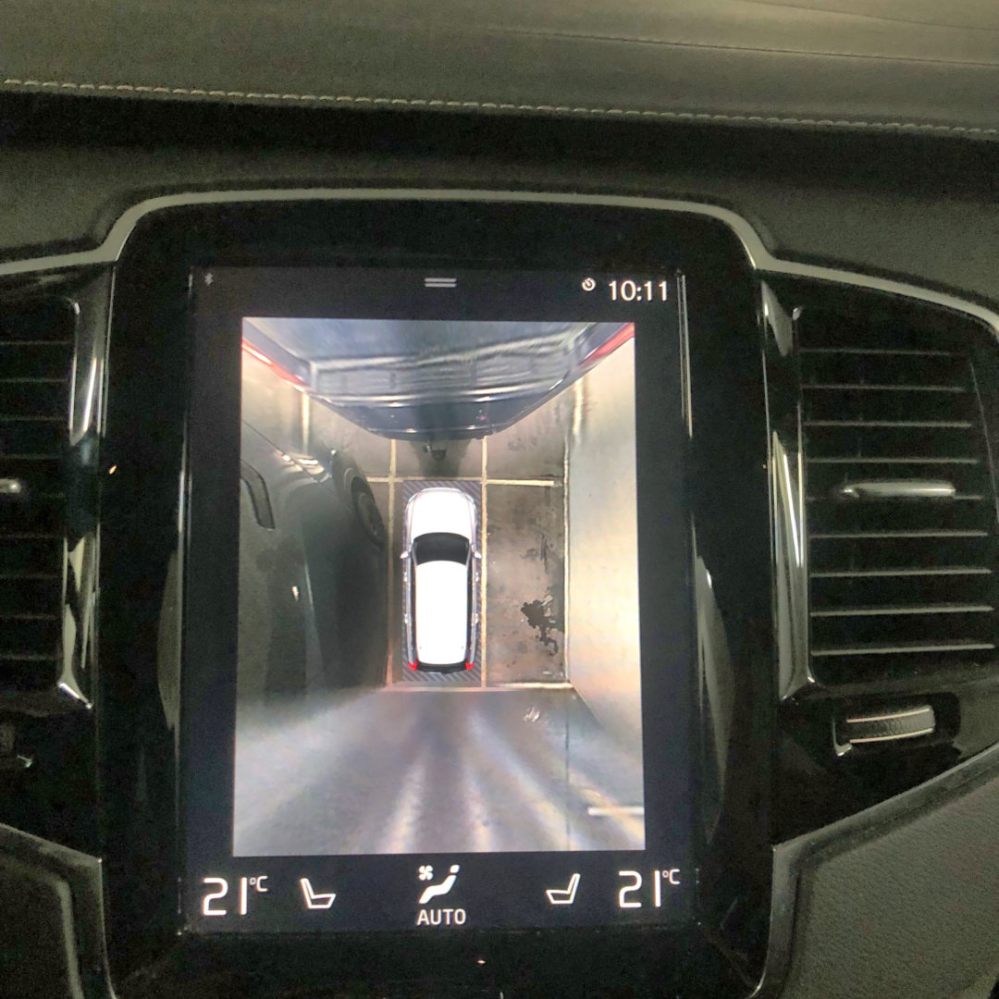

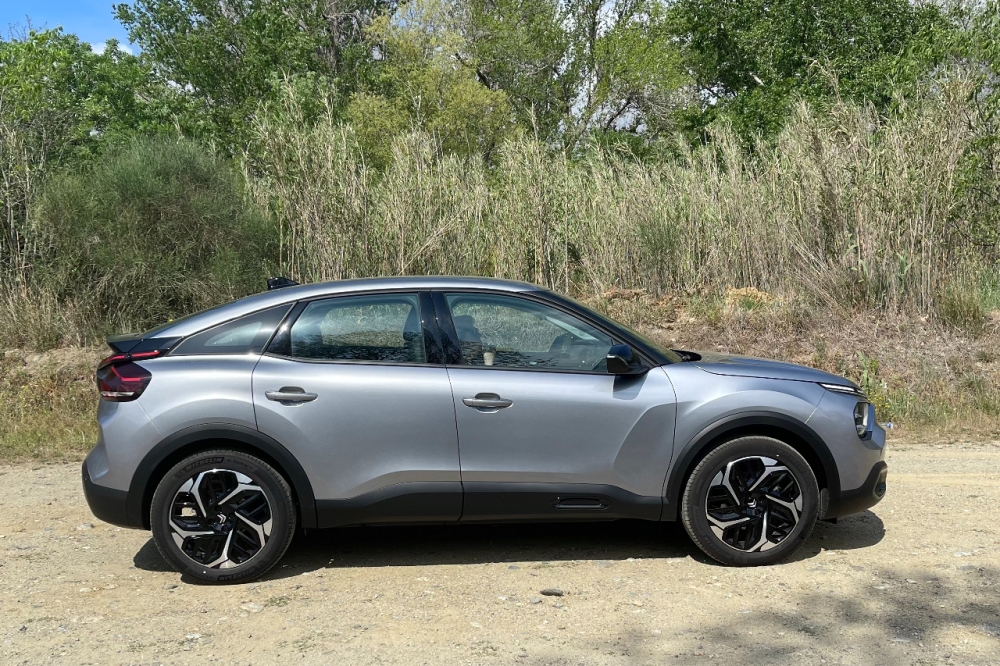
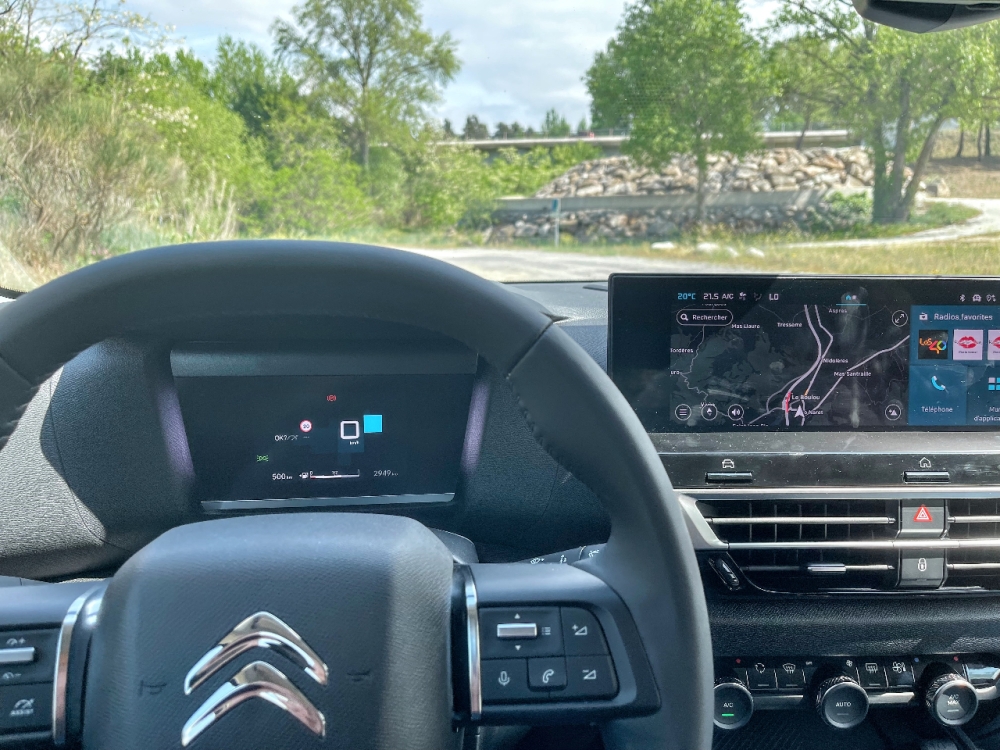
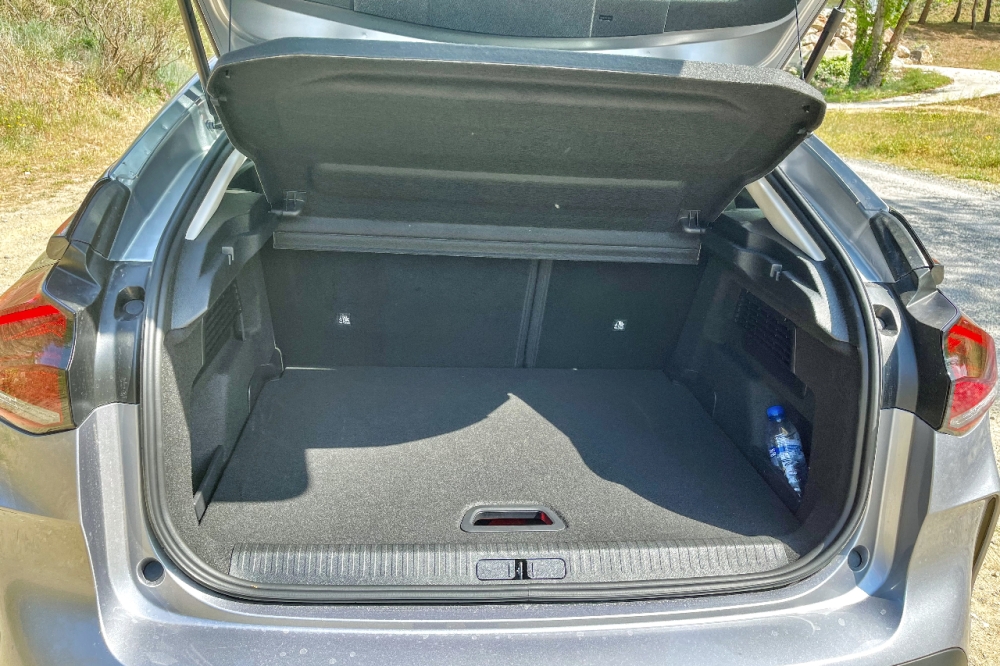
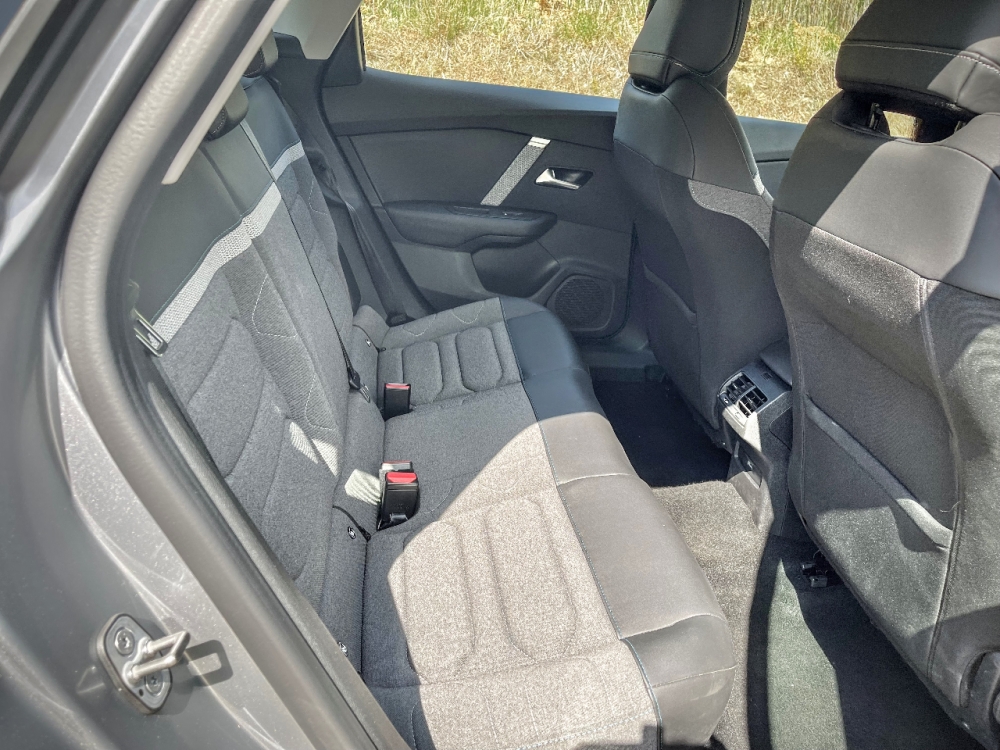

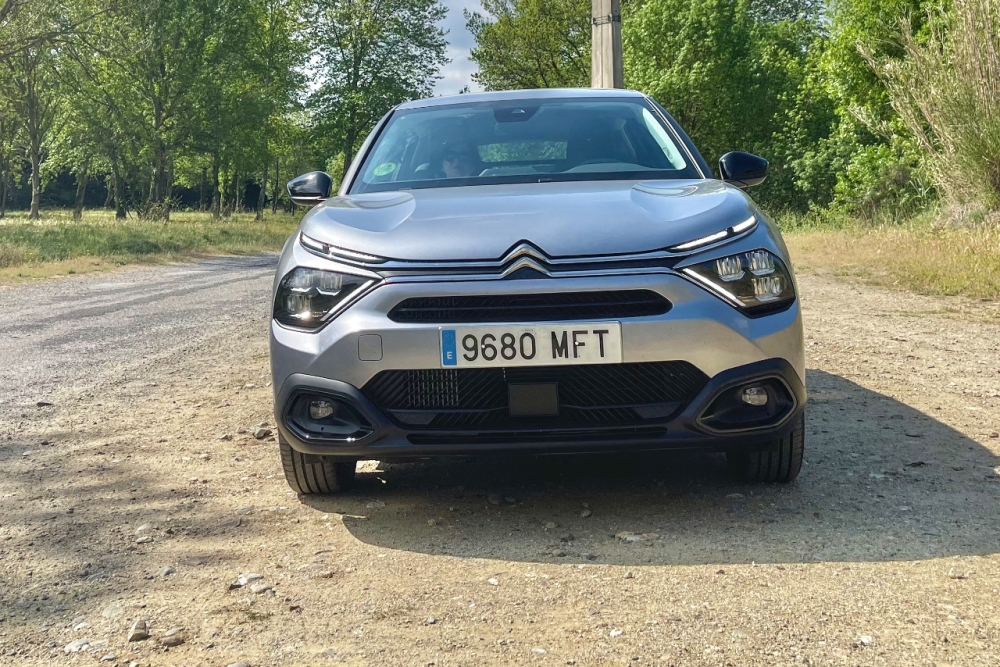
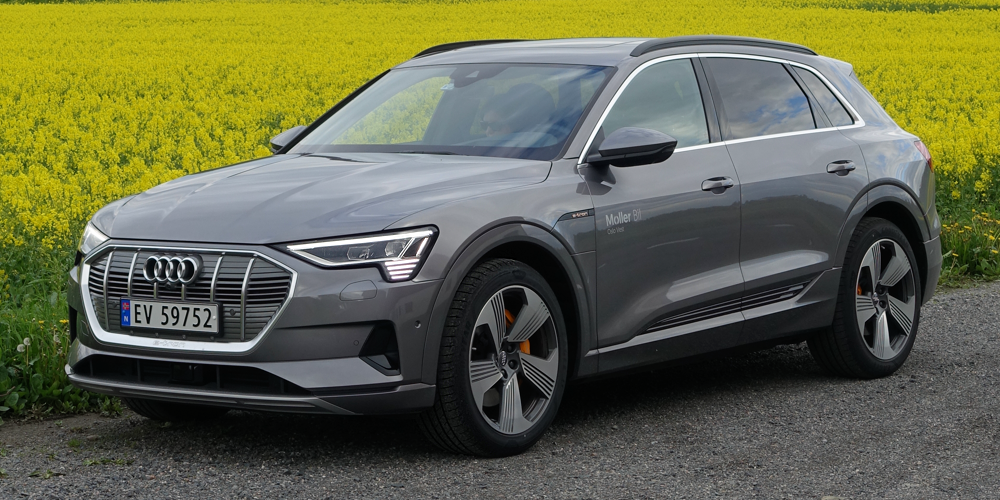










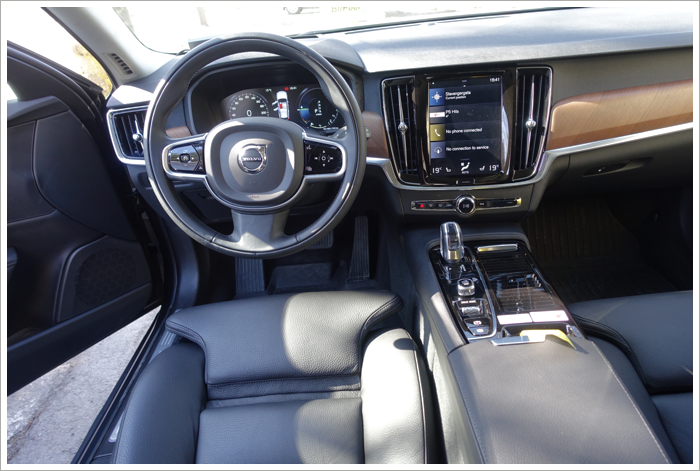


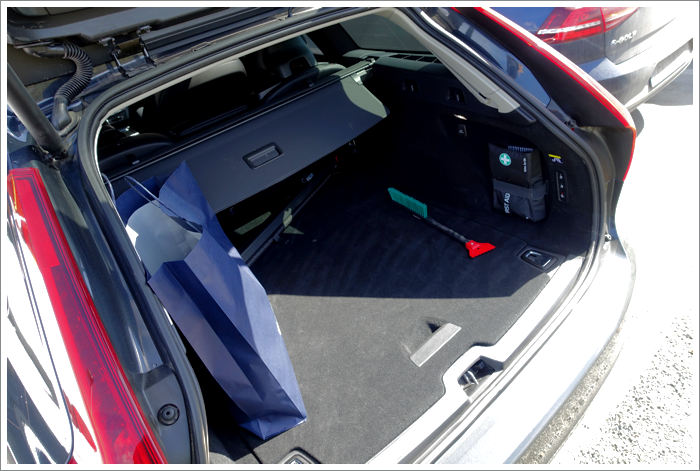
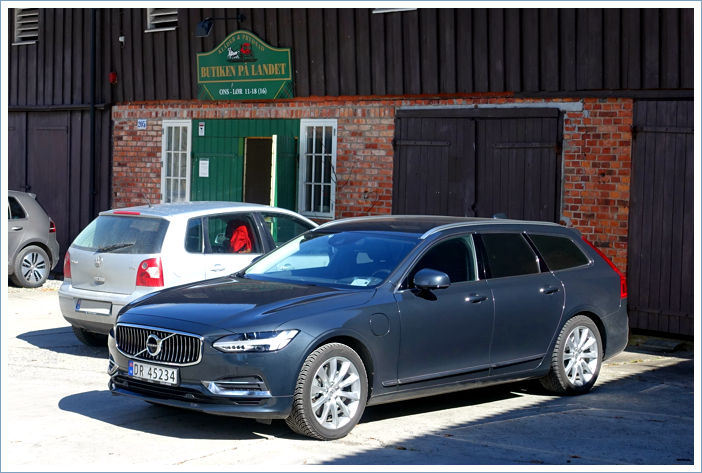

 Engine volume: 1969 ccm (gasoline).
Engine volume: 1969 ccm (gasoline).



